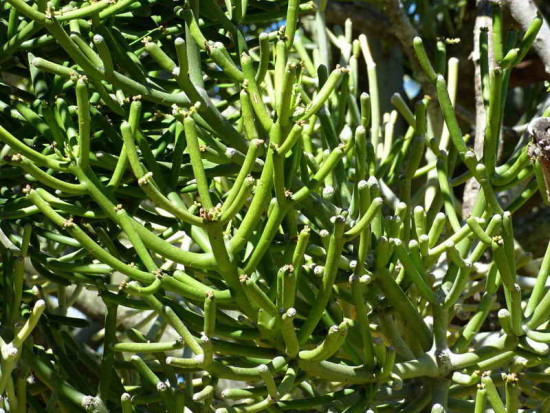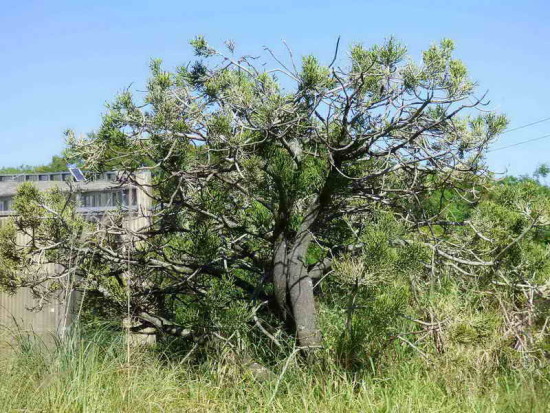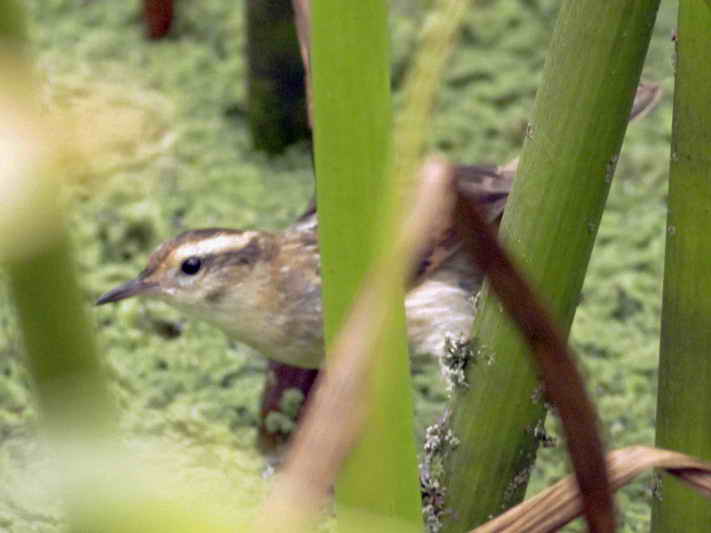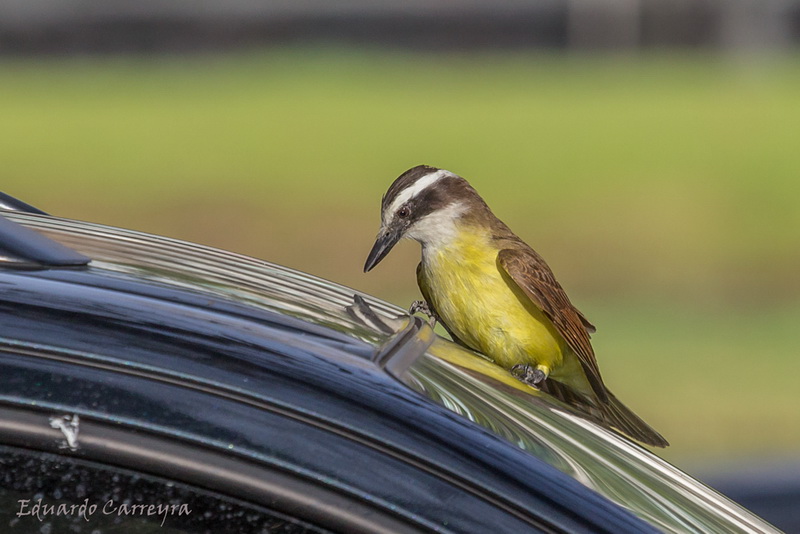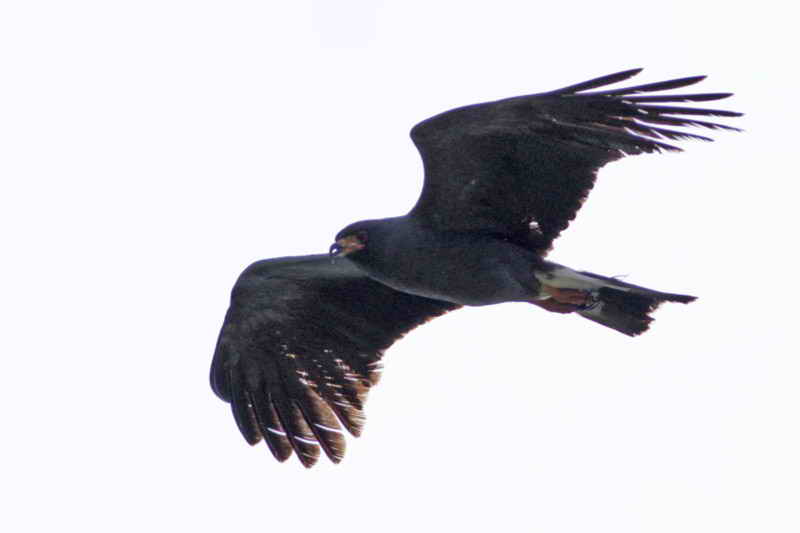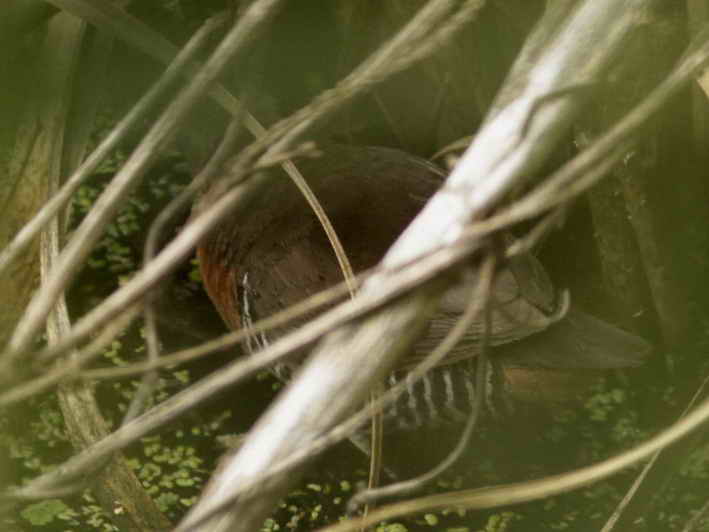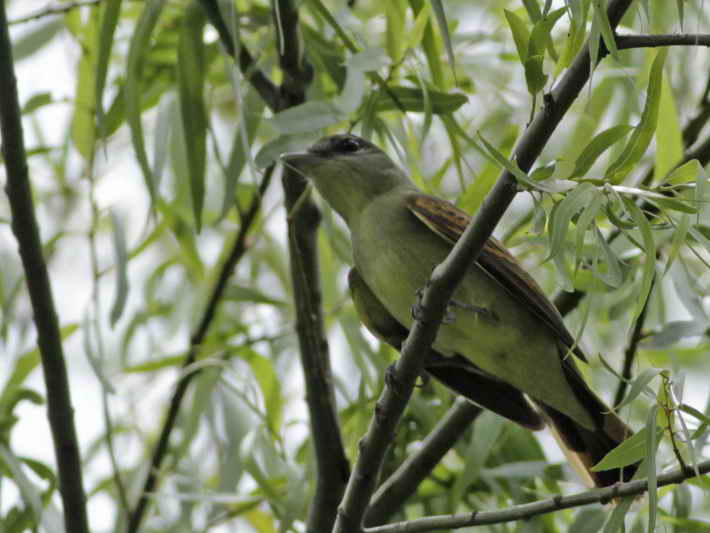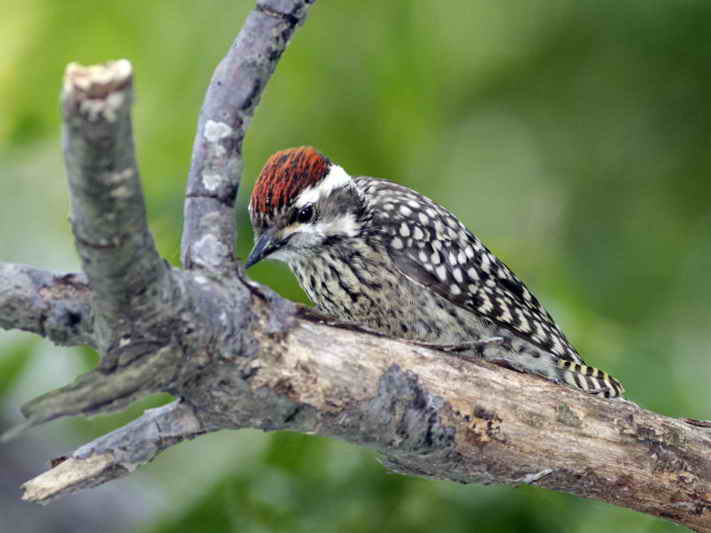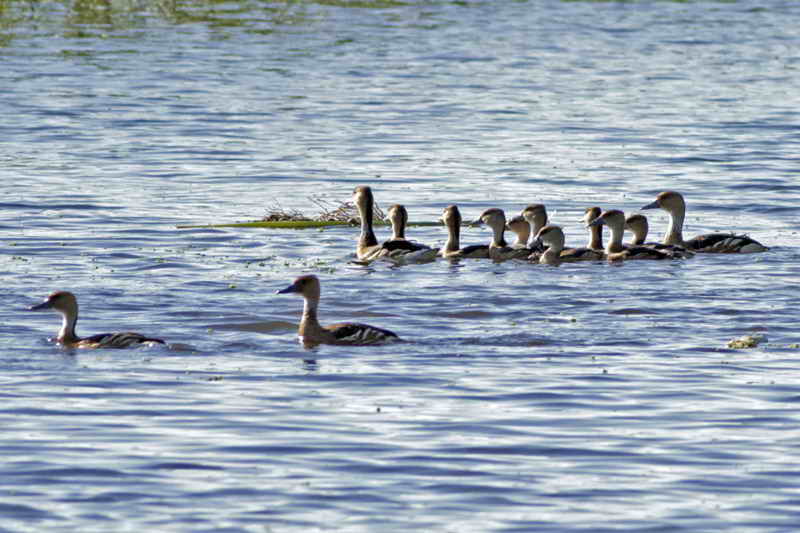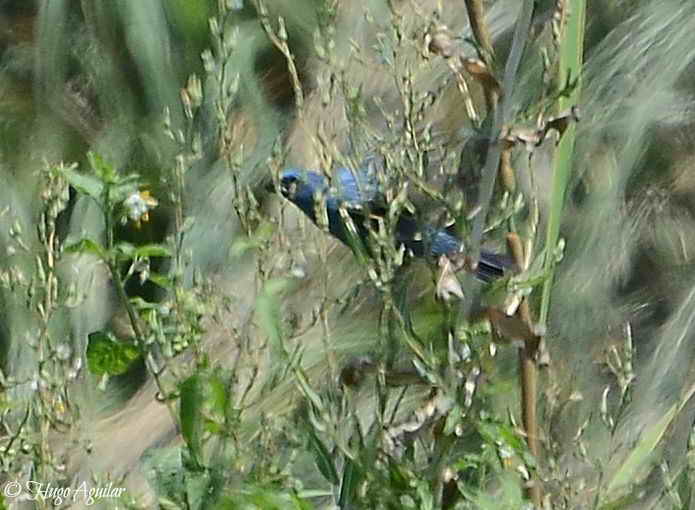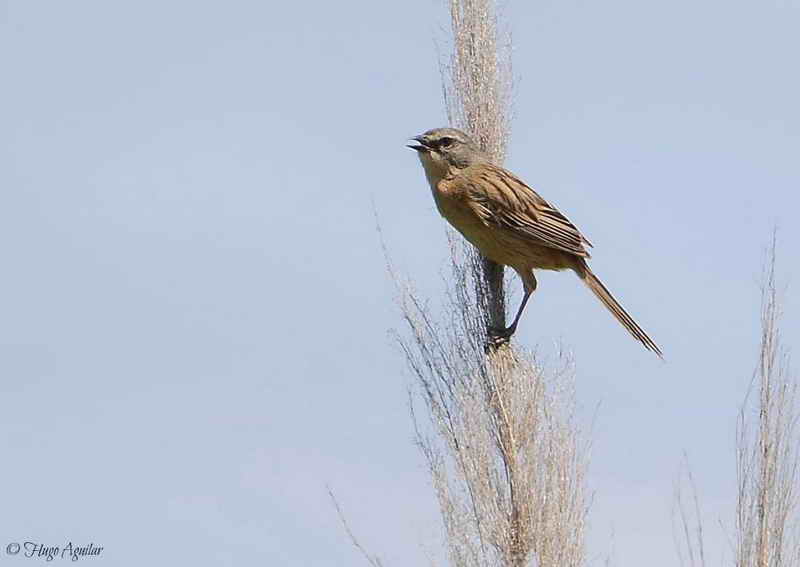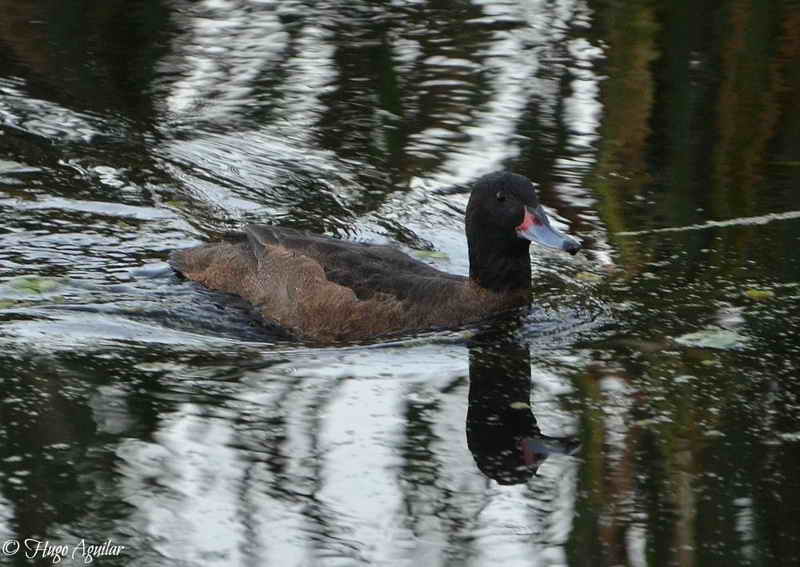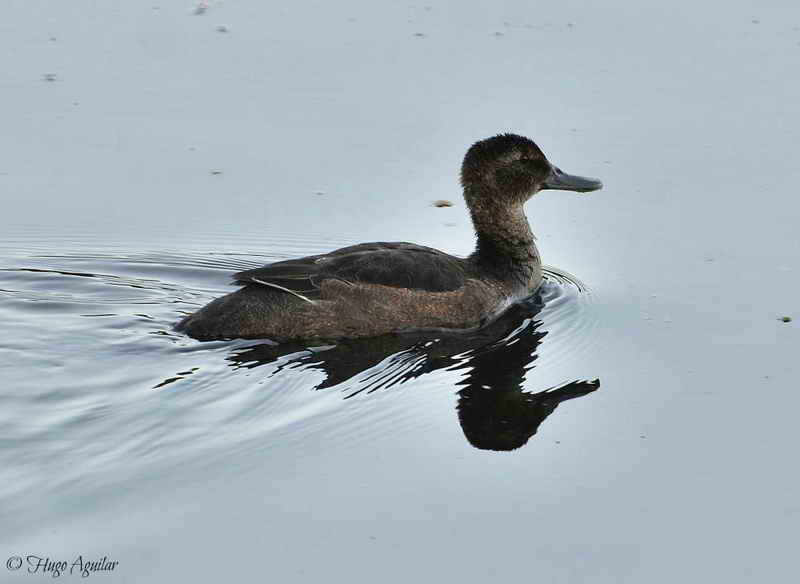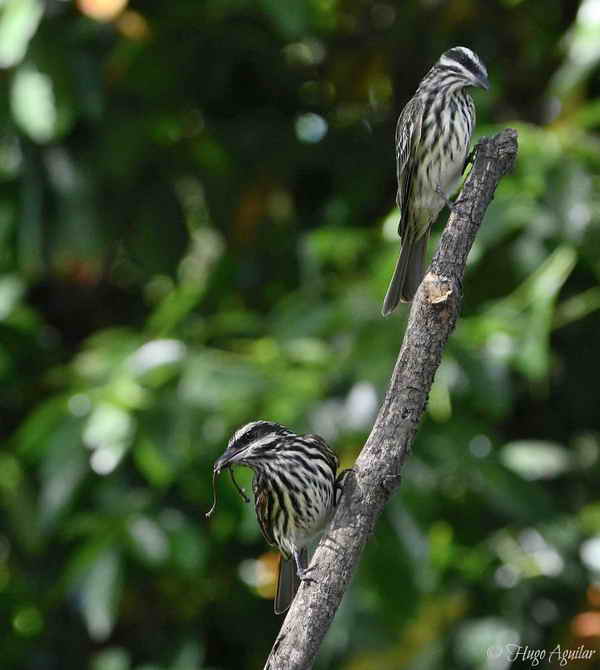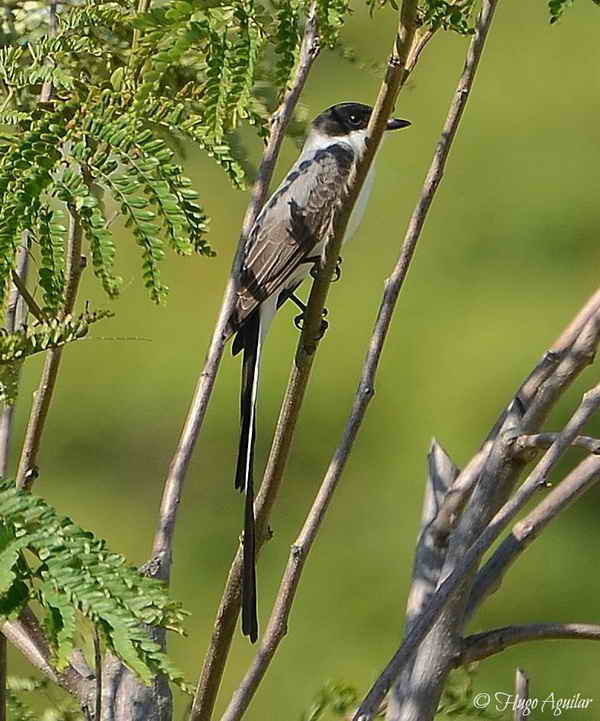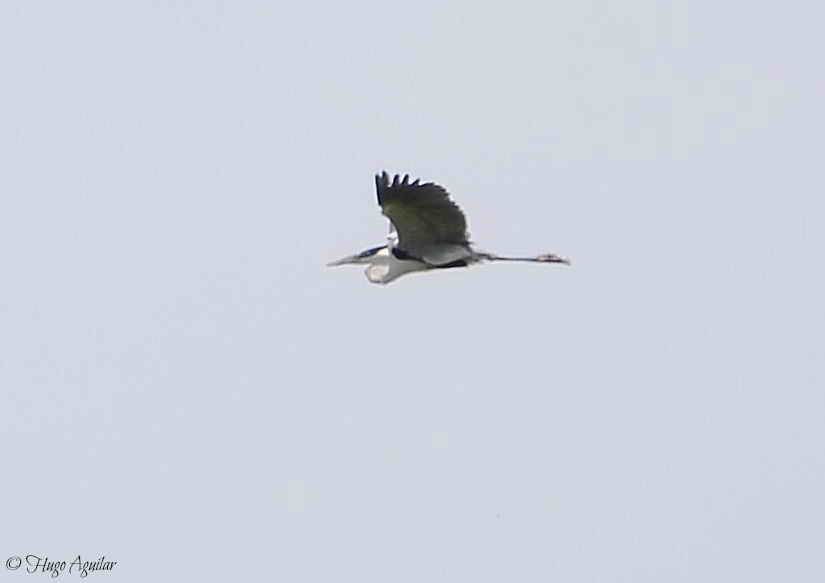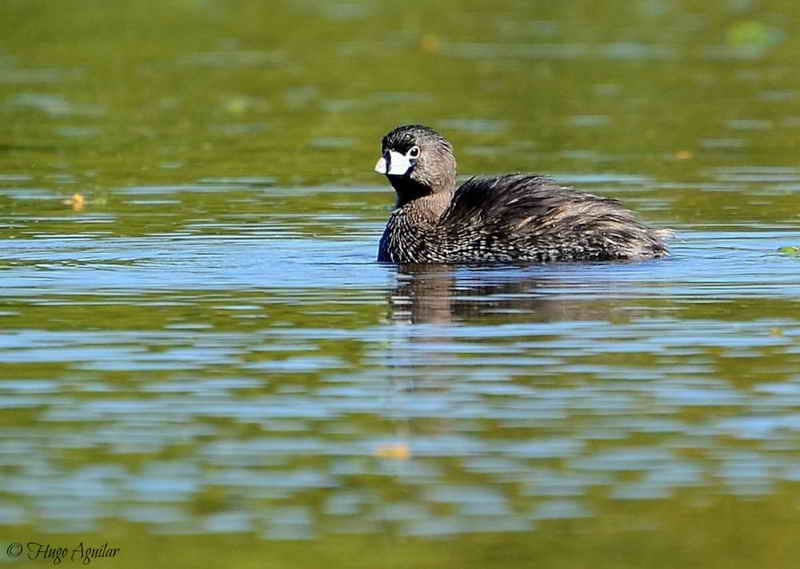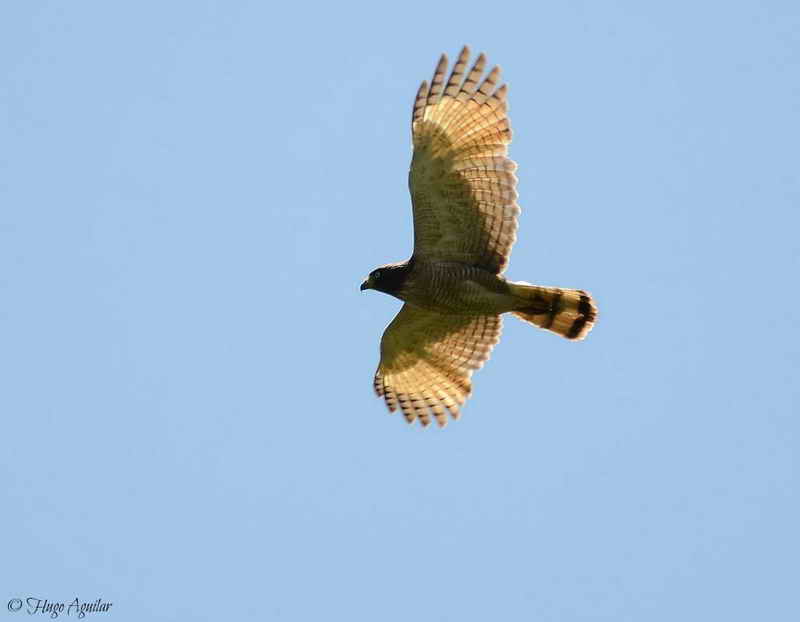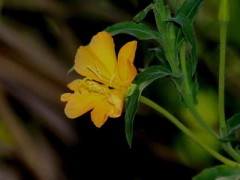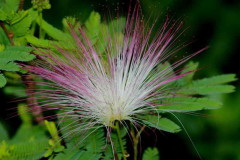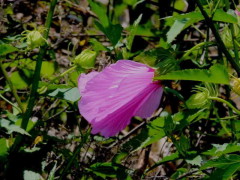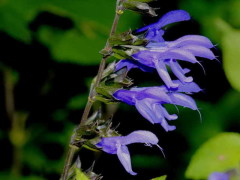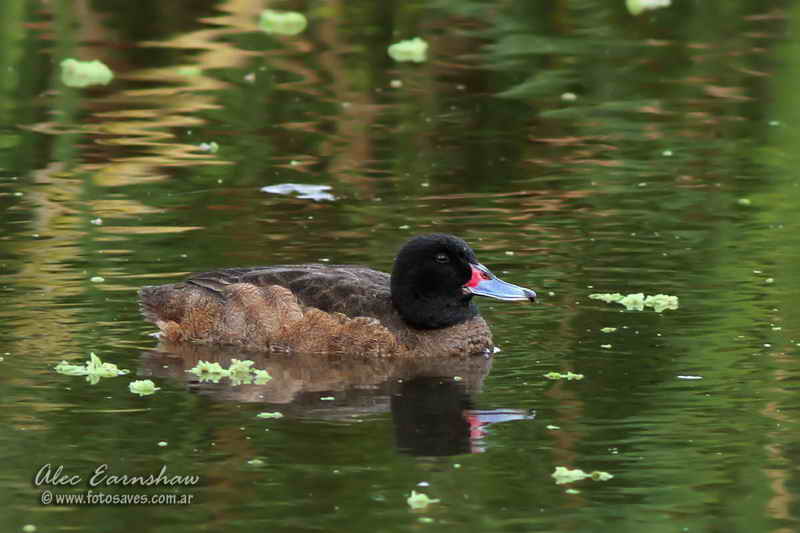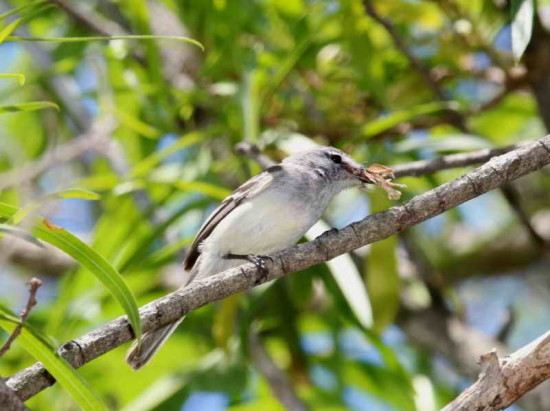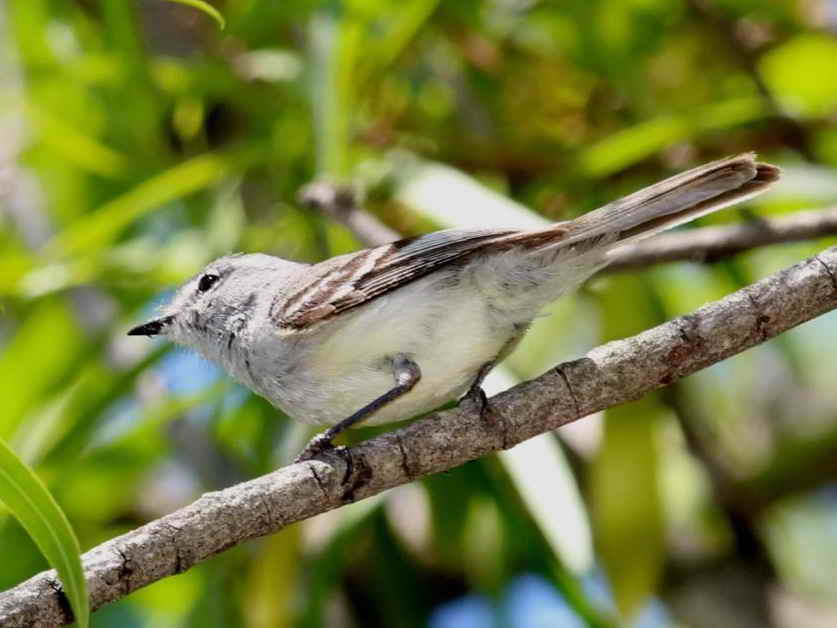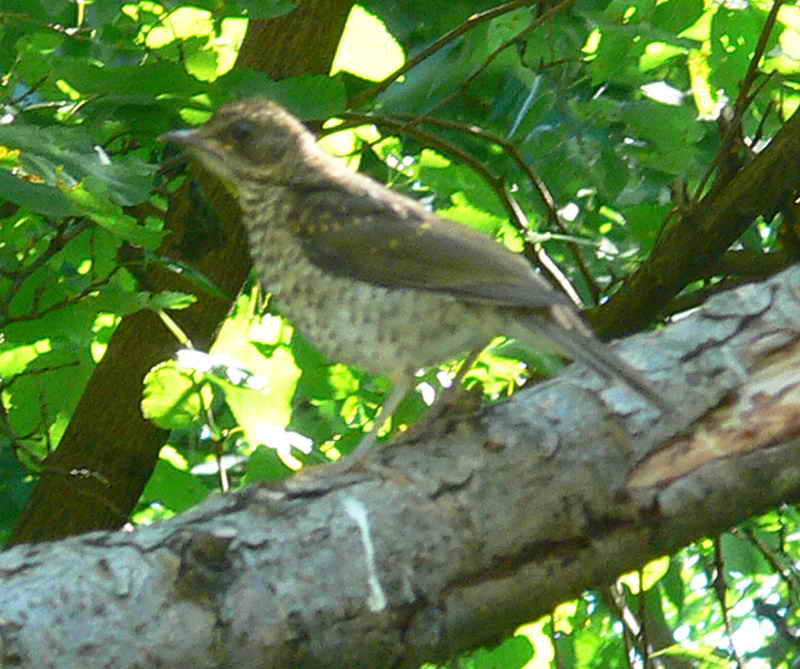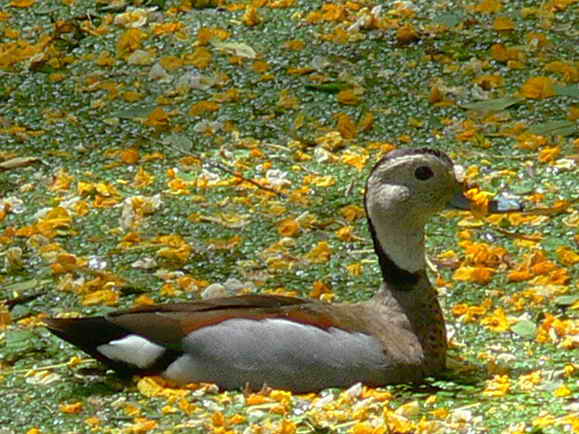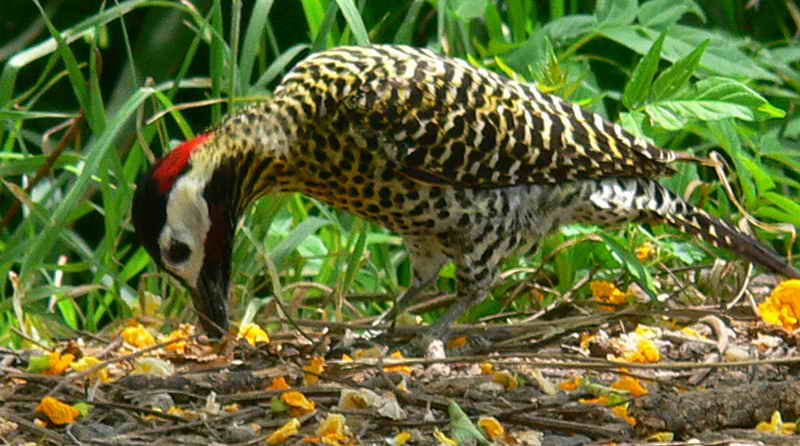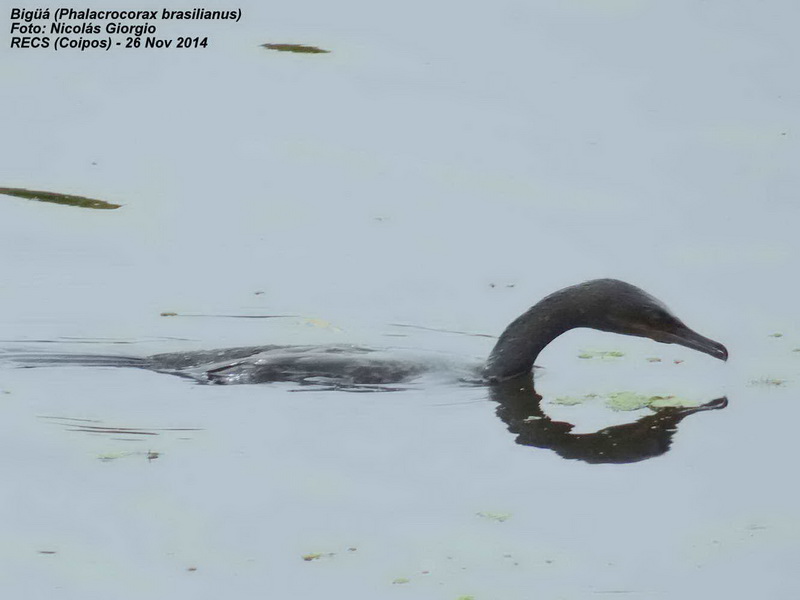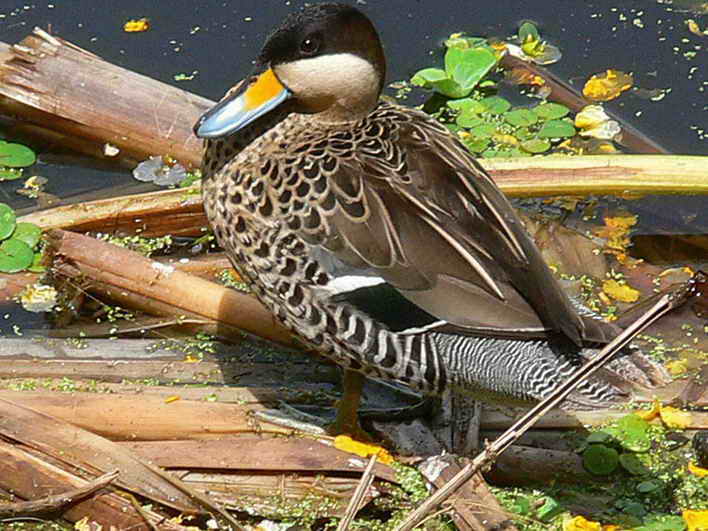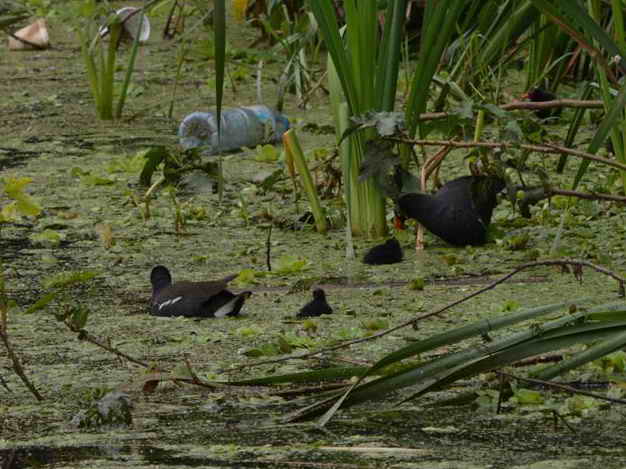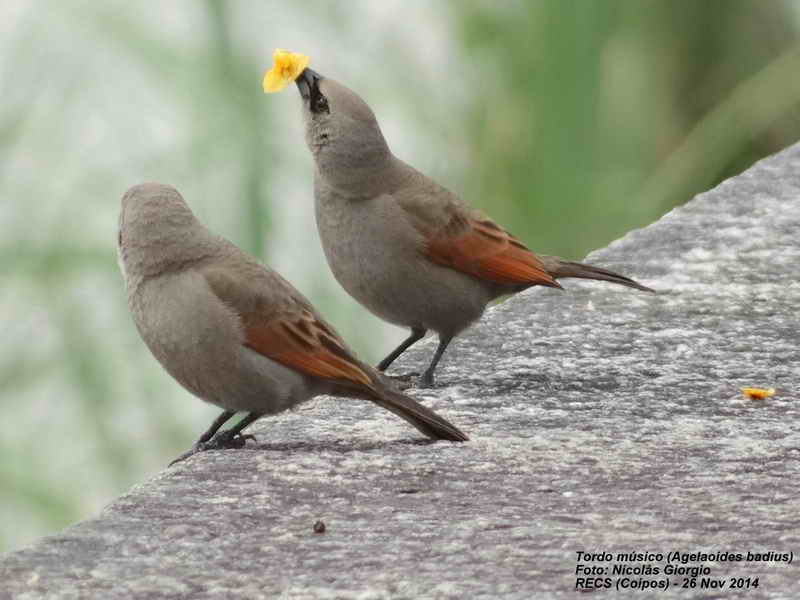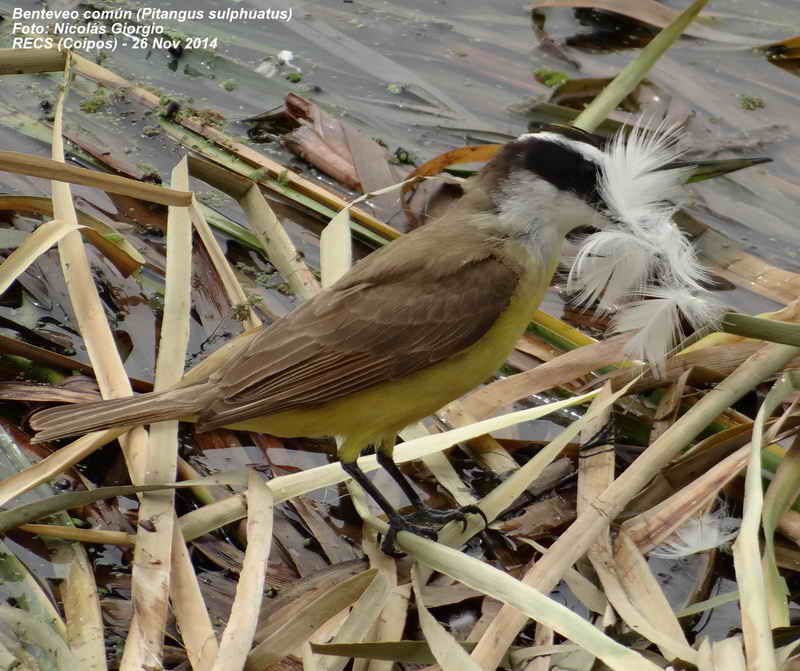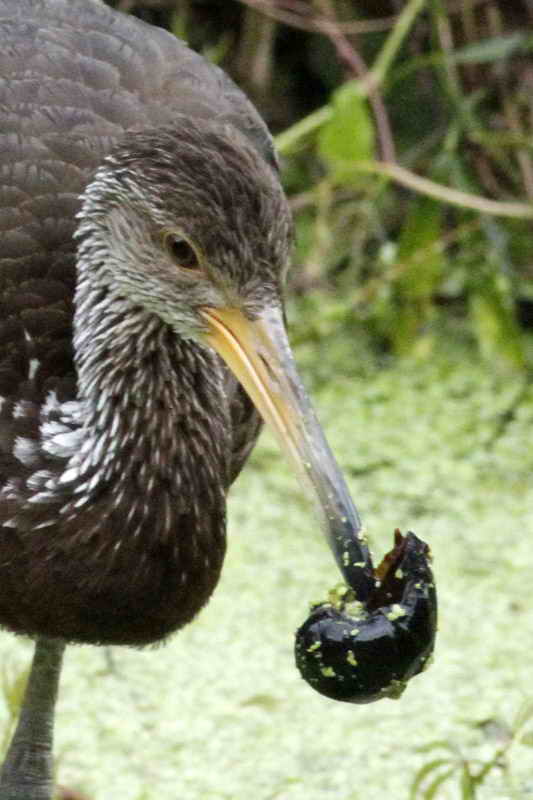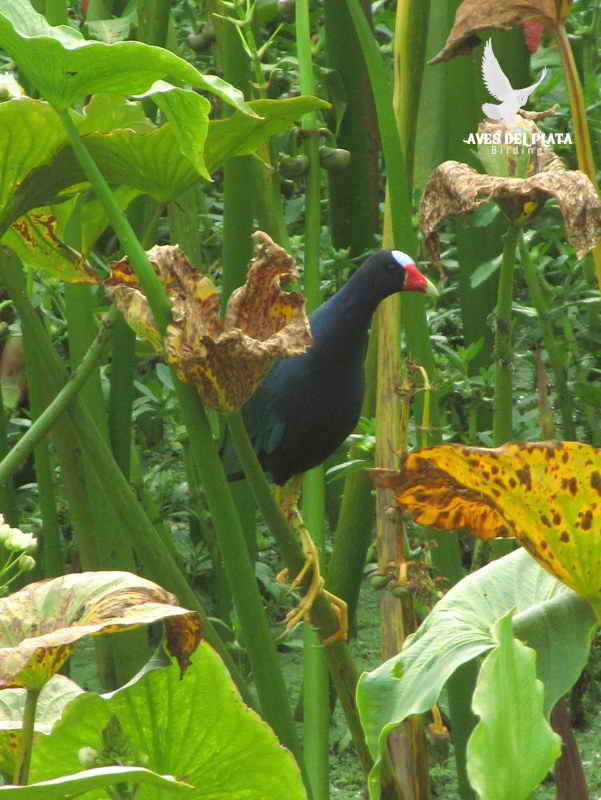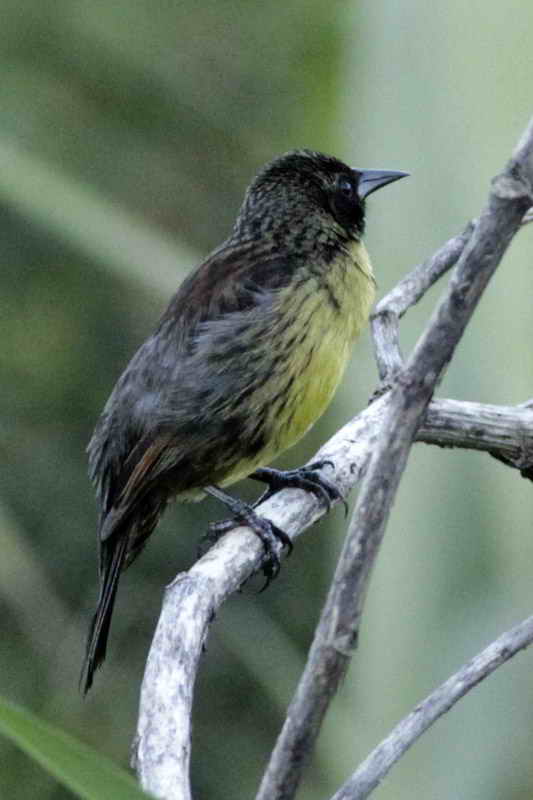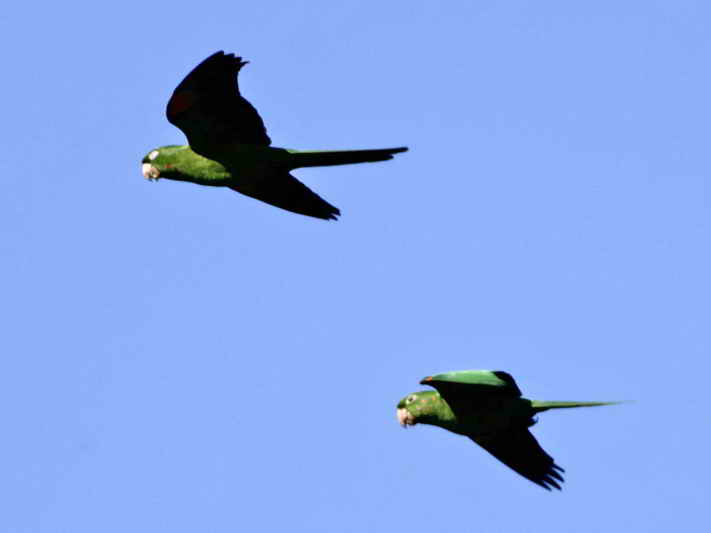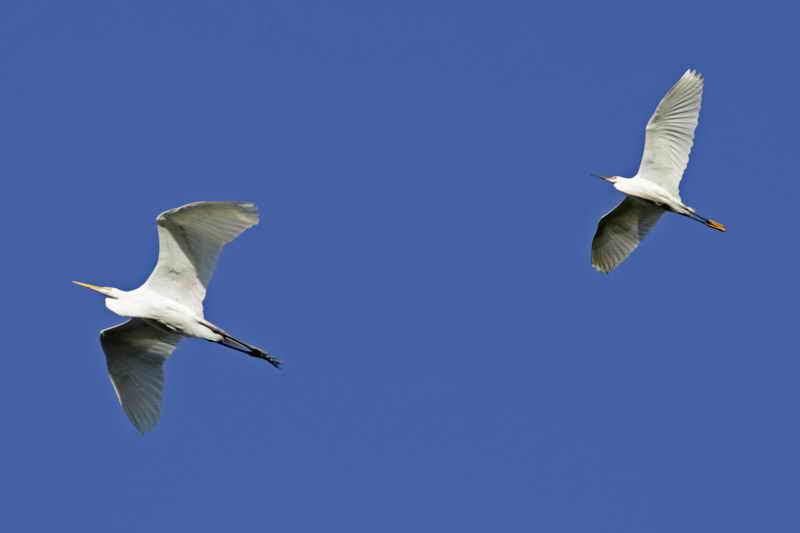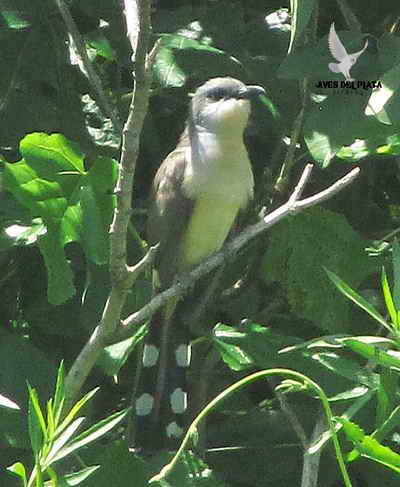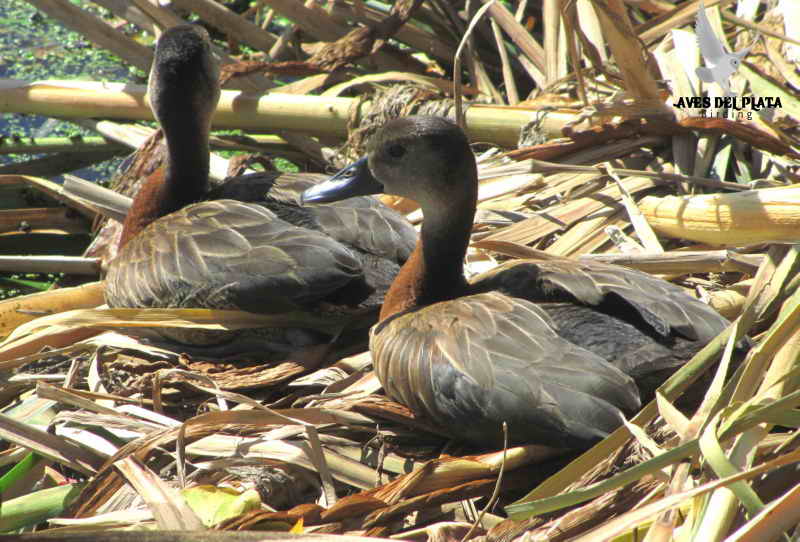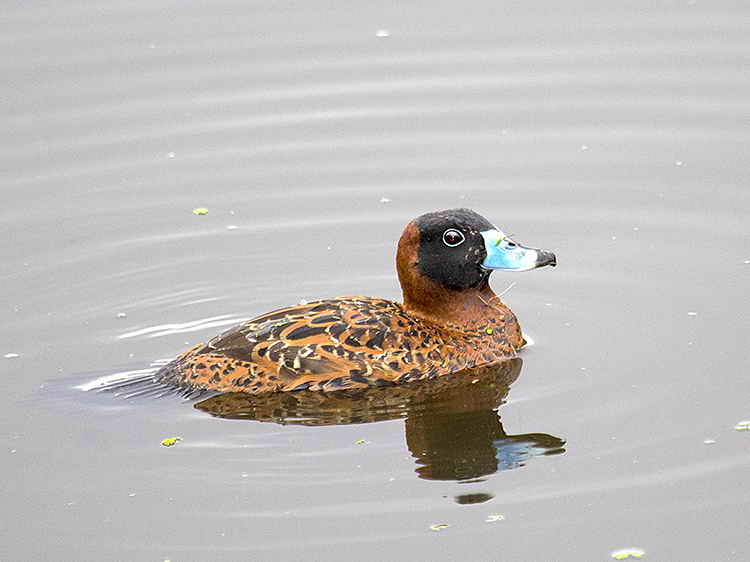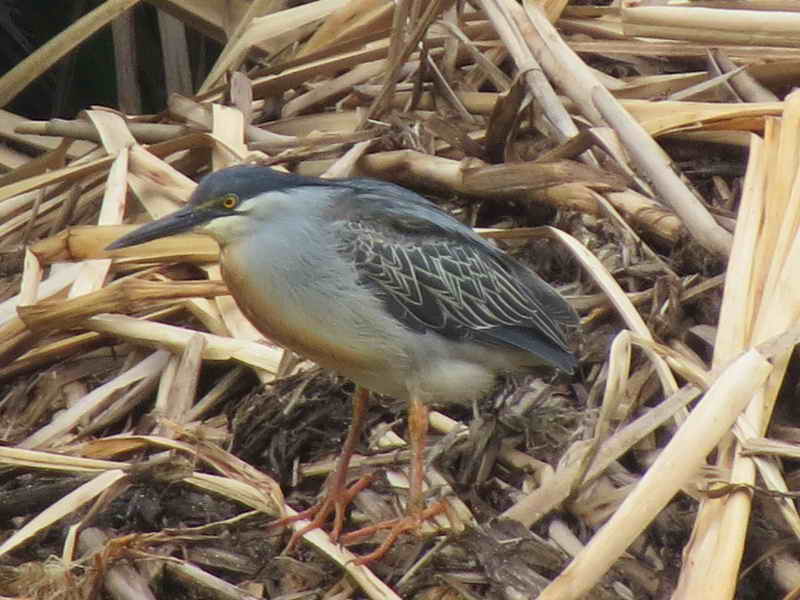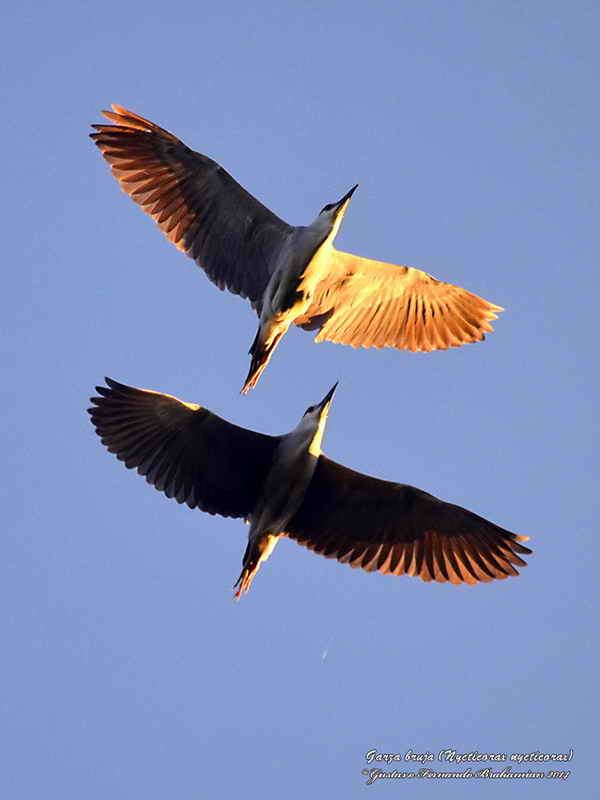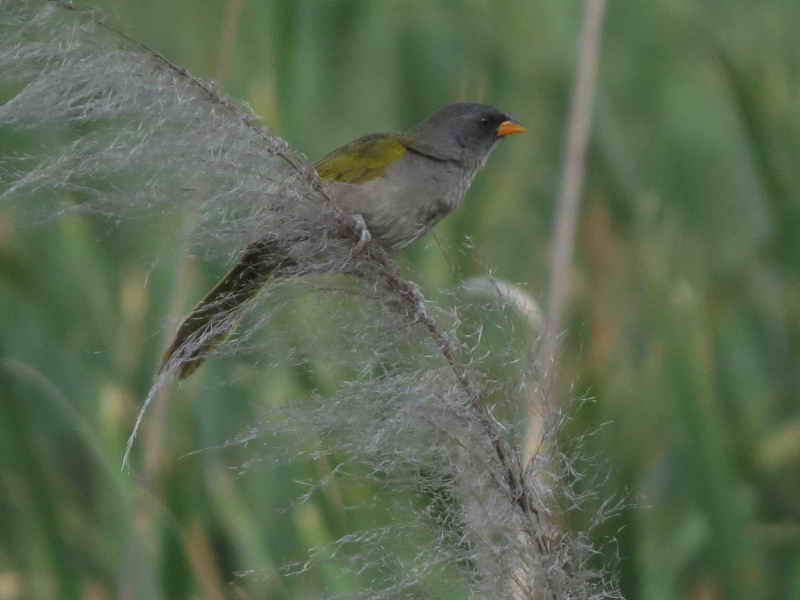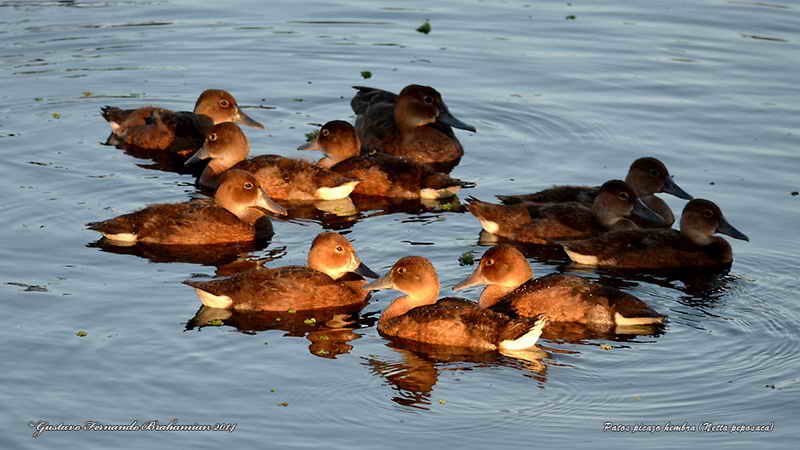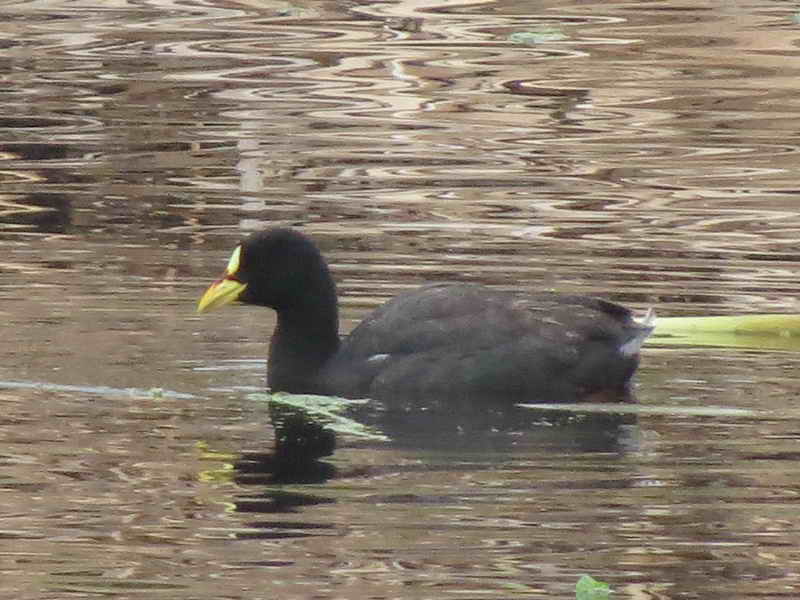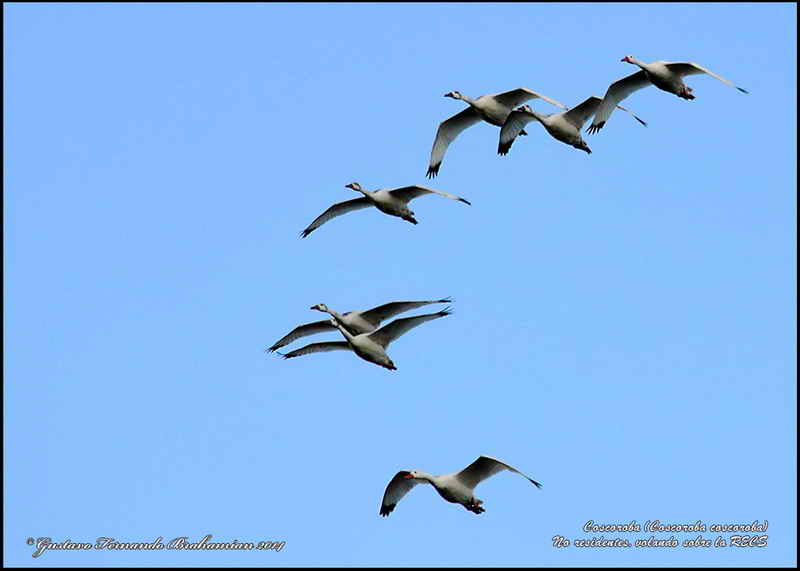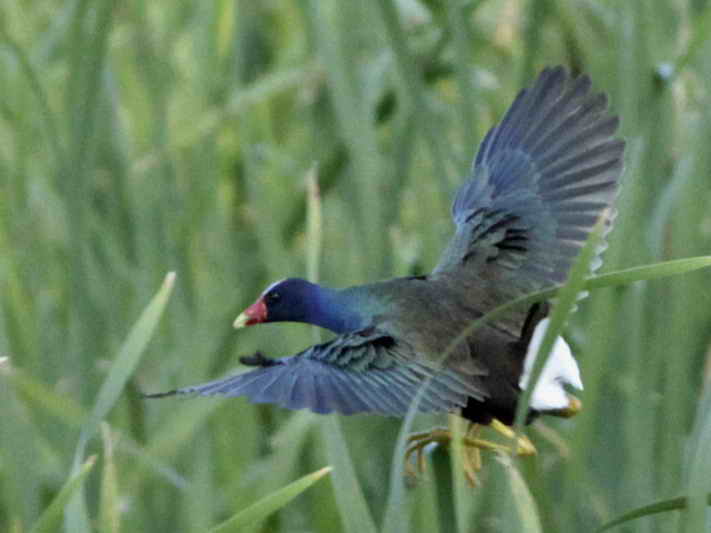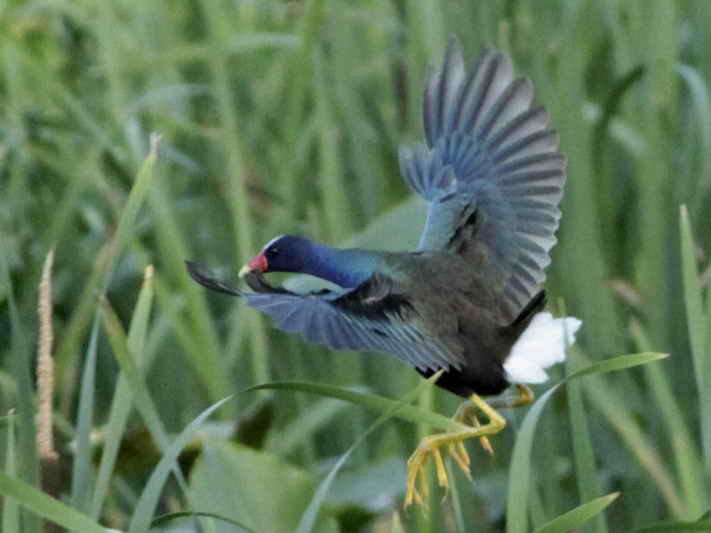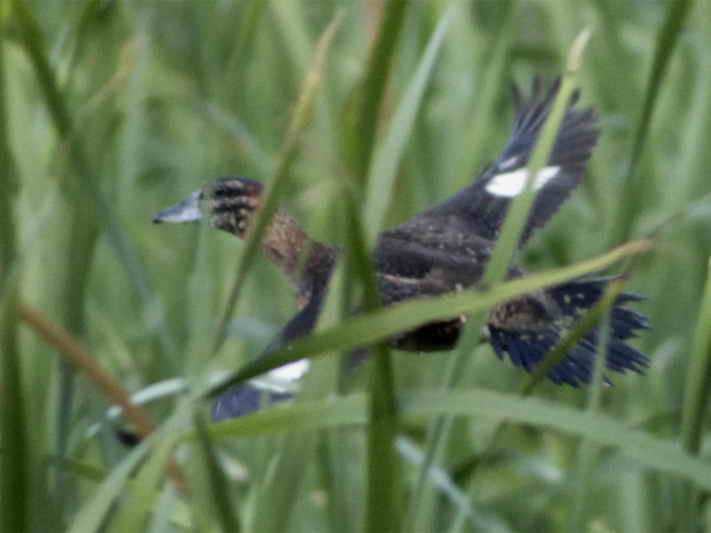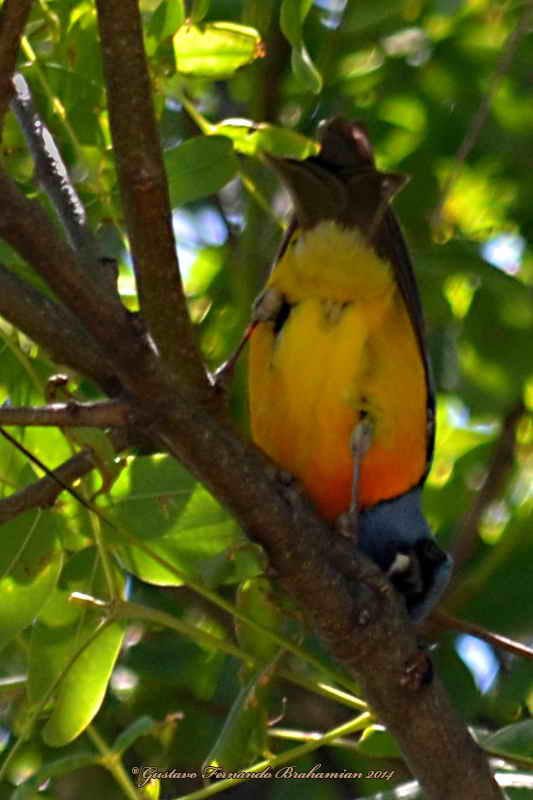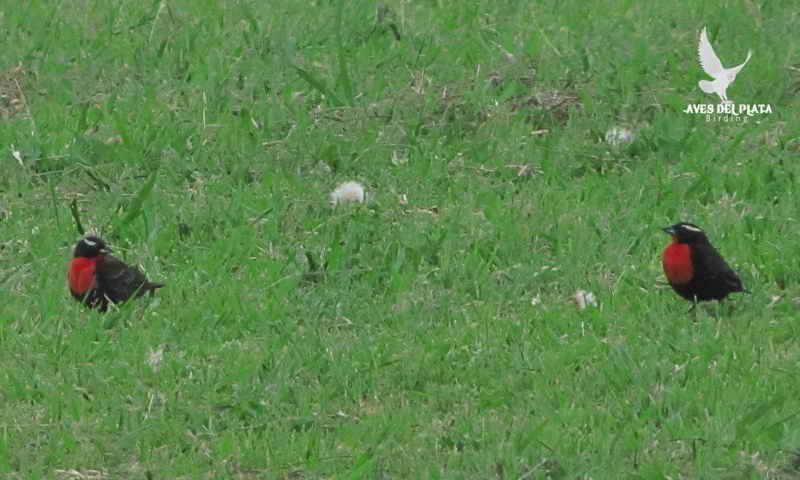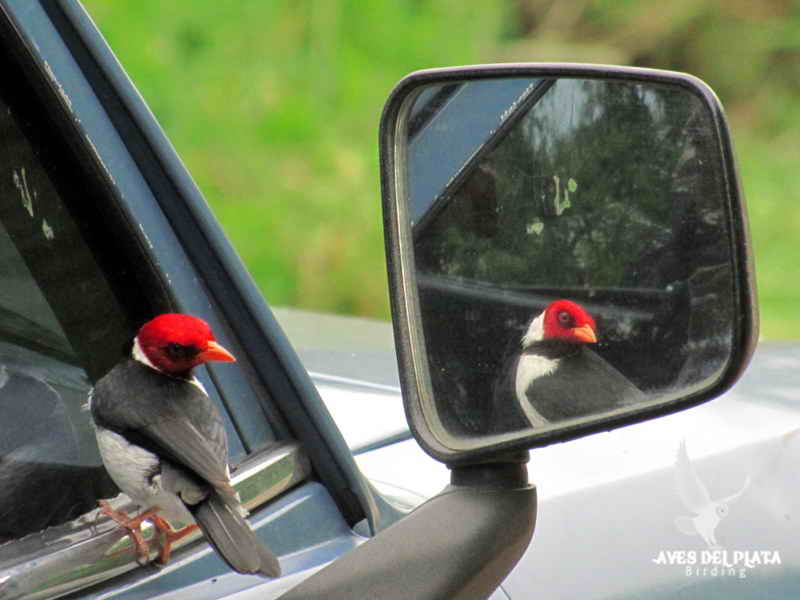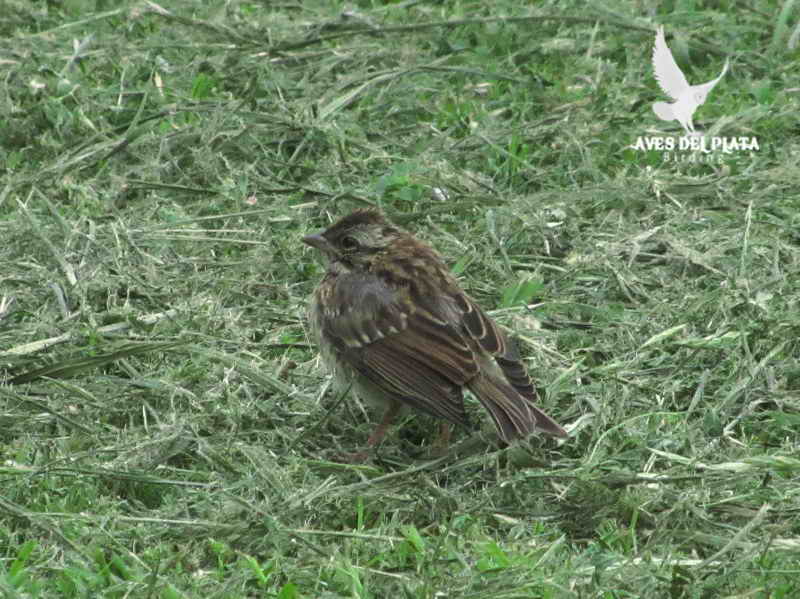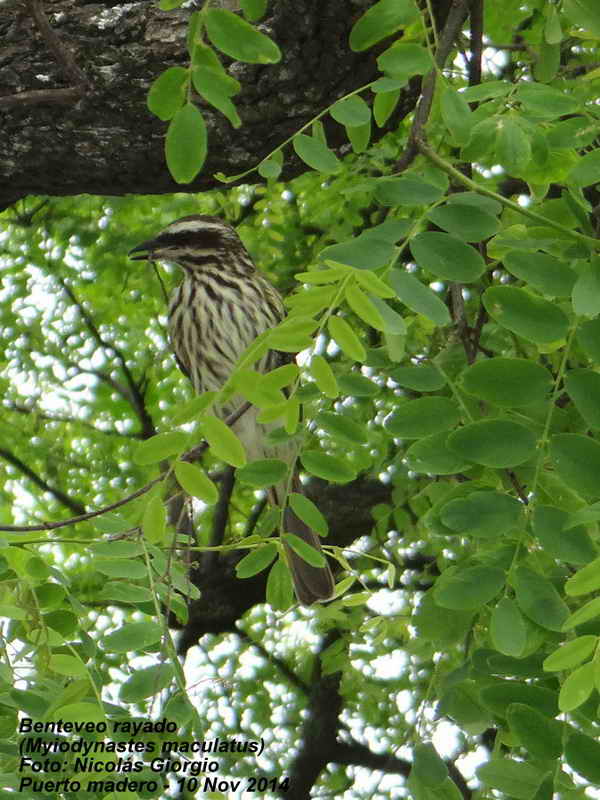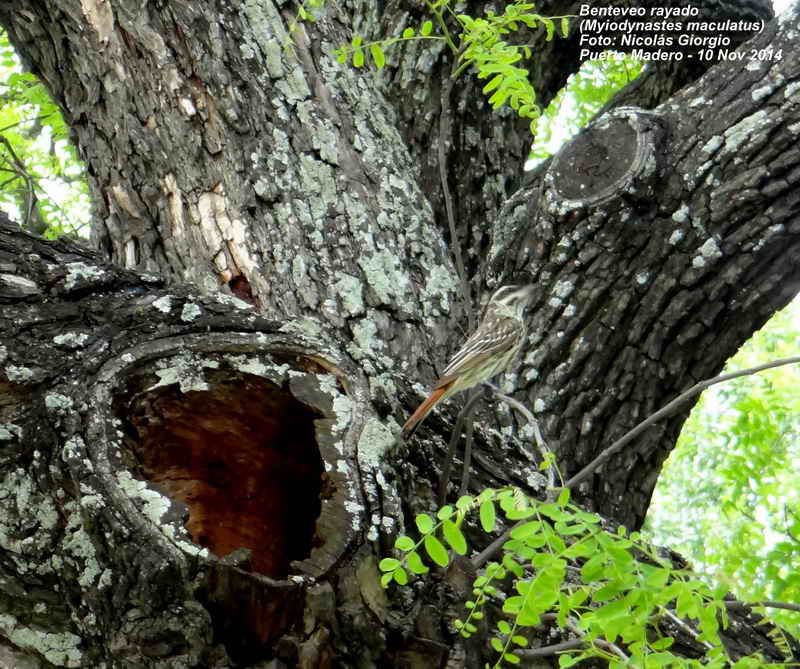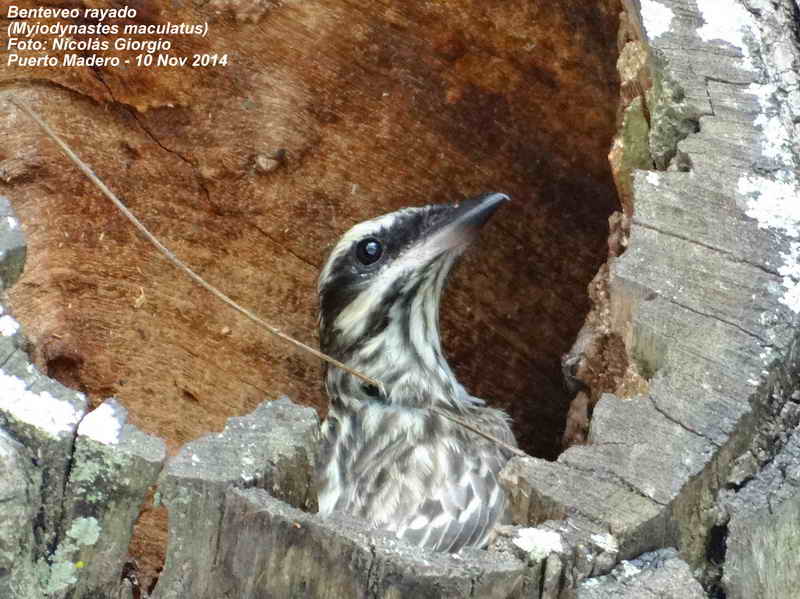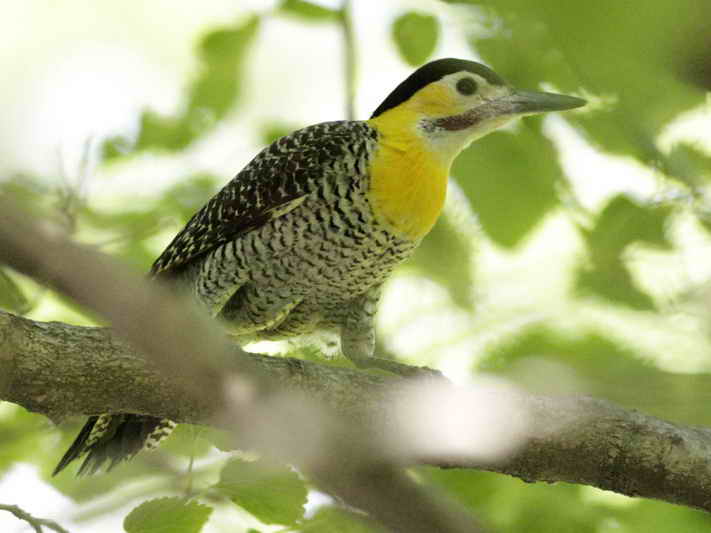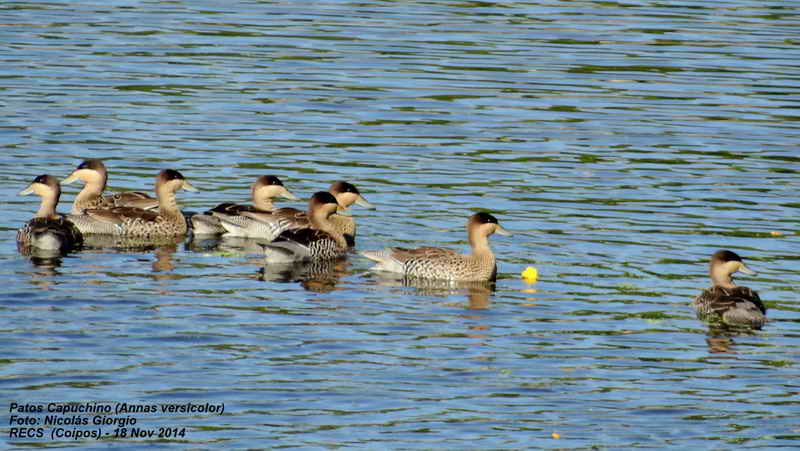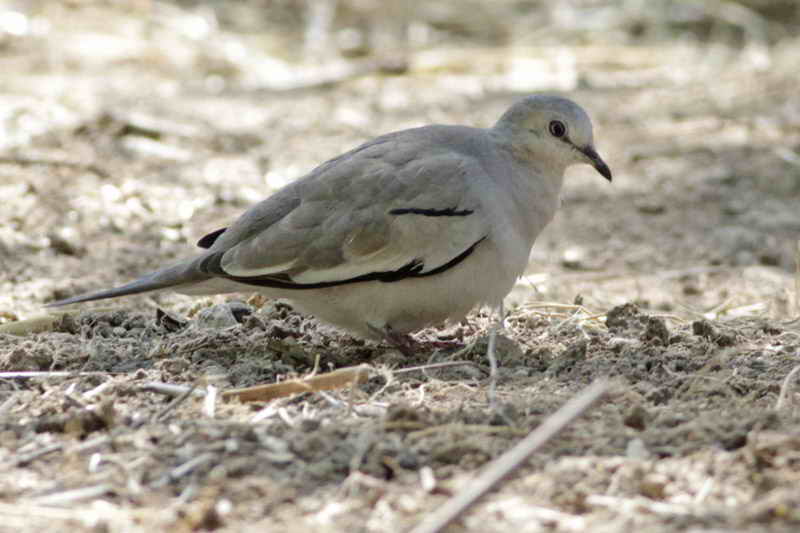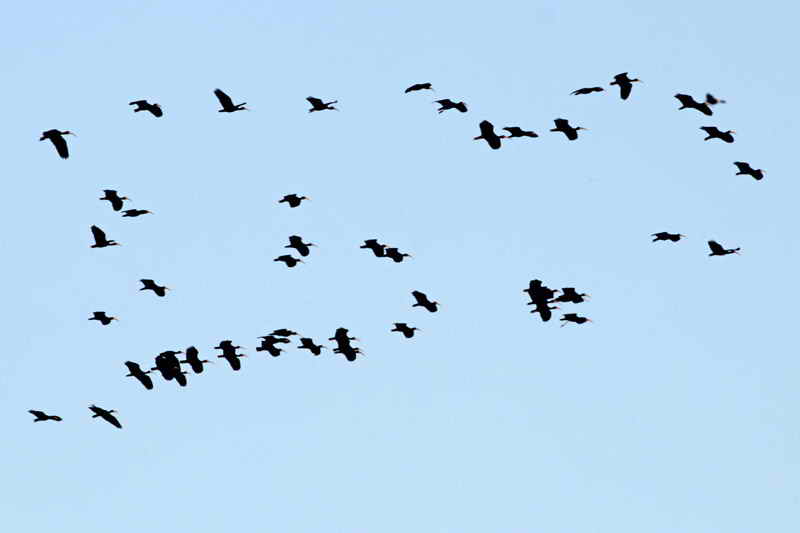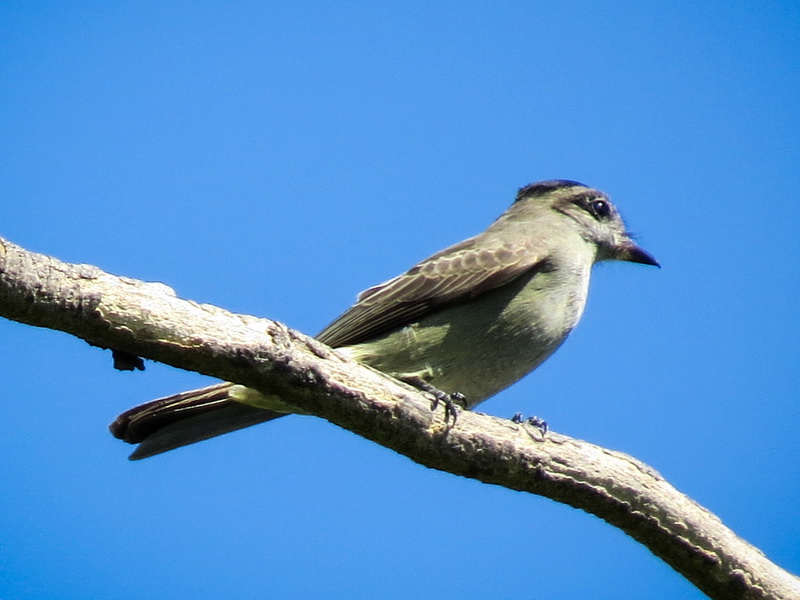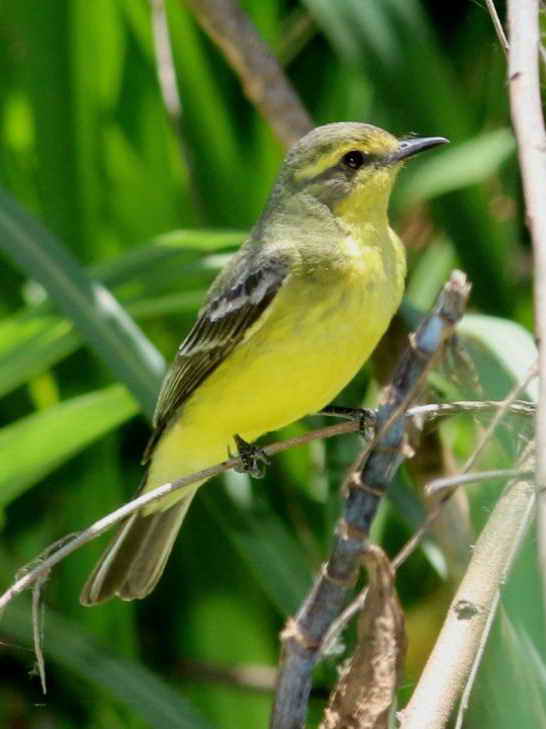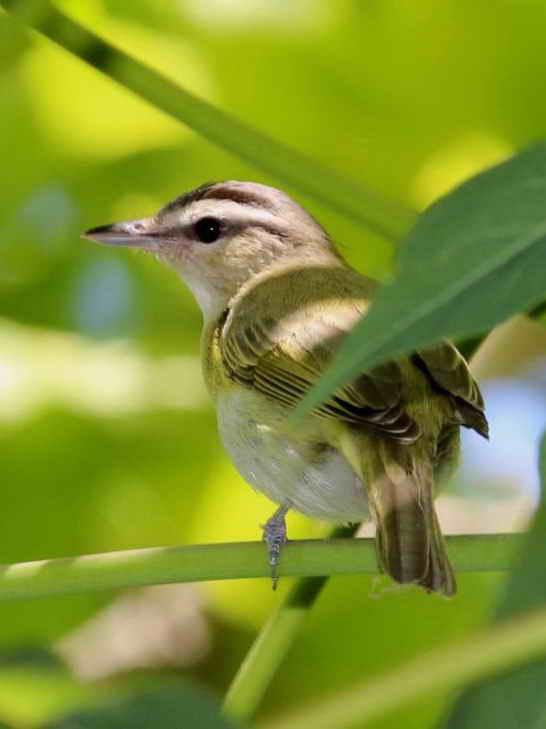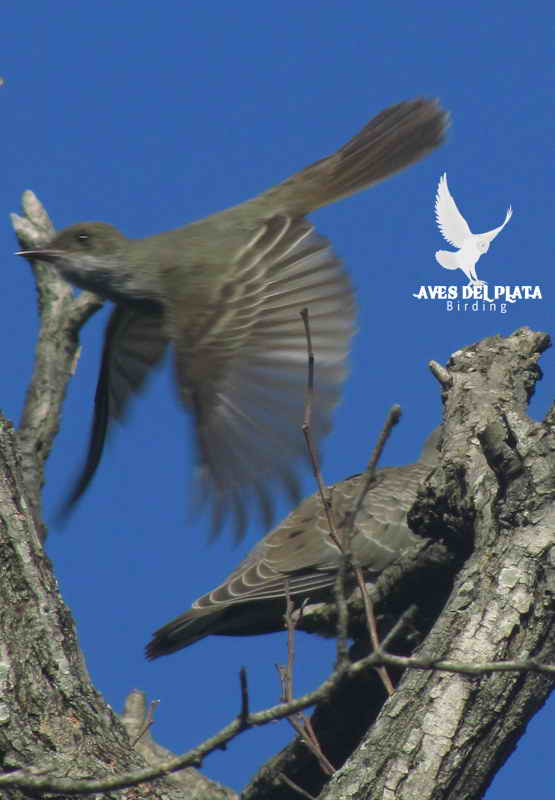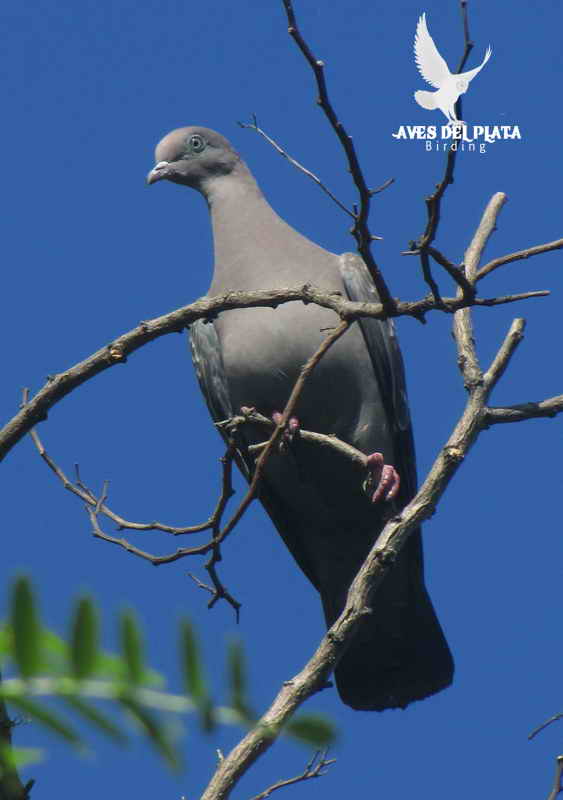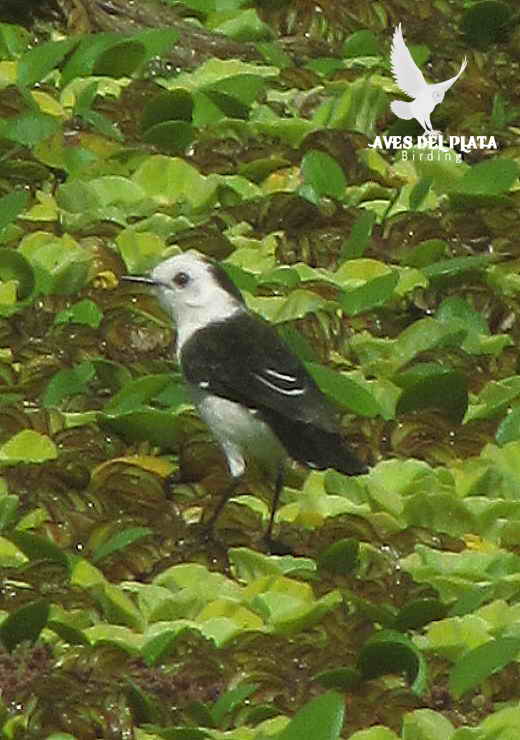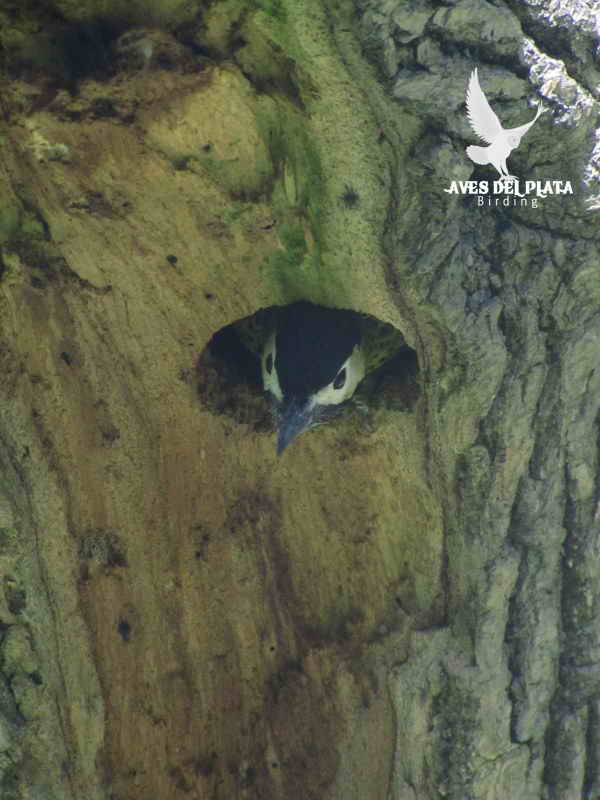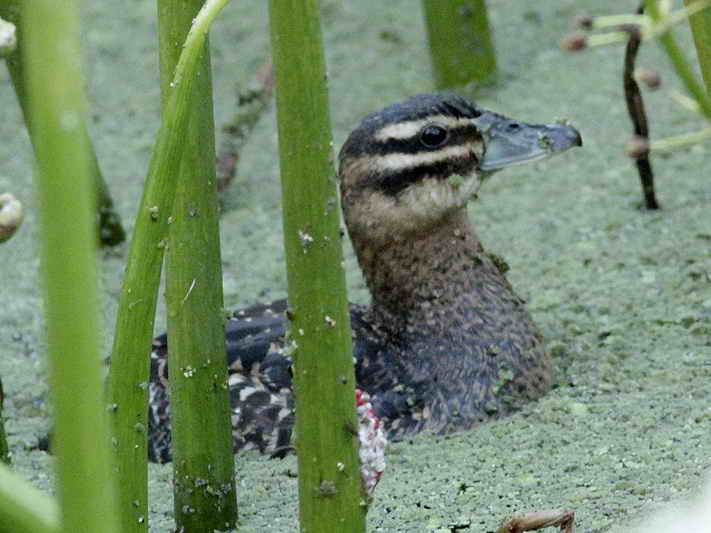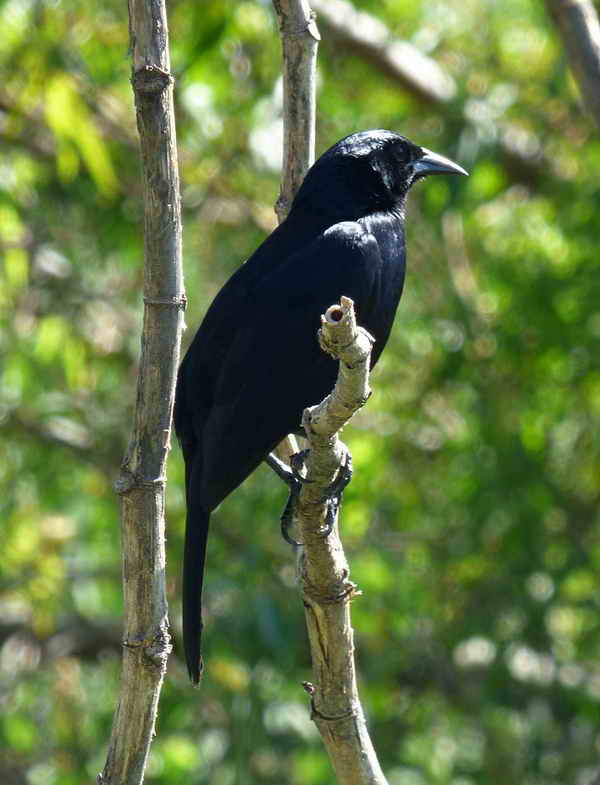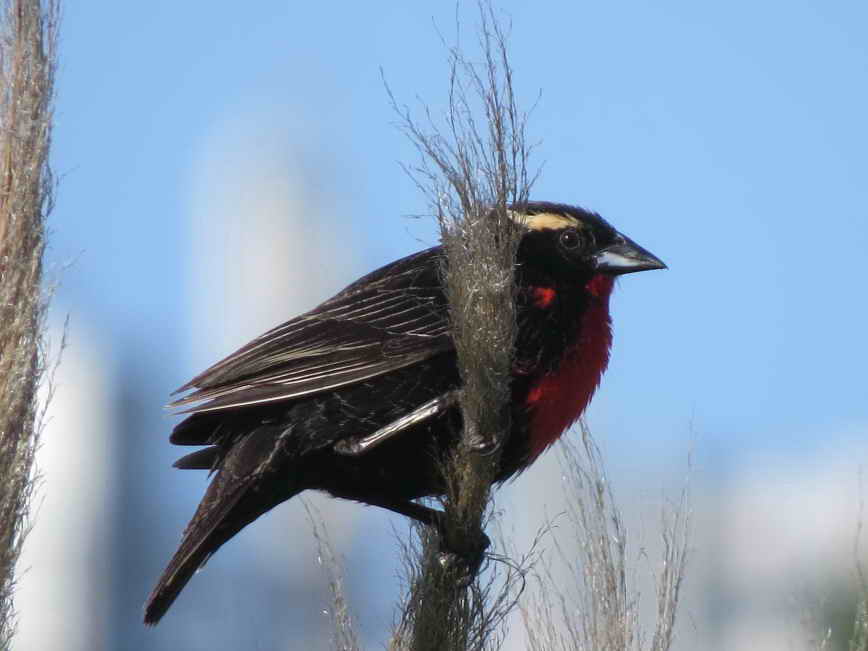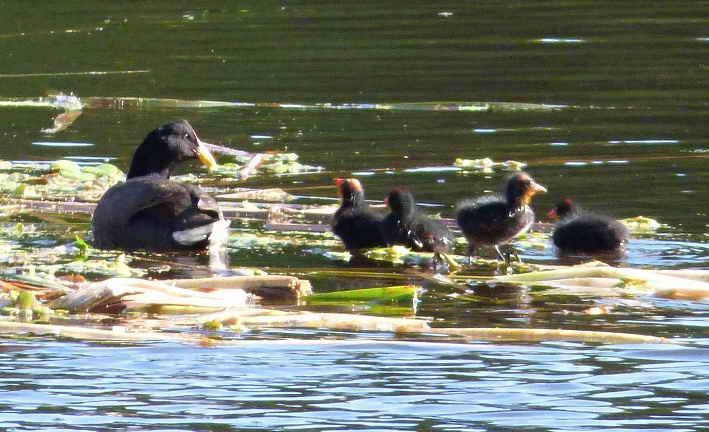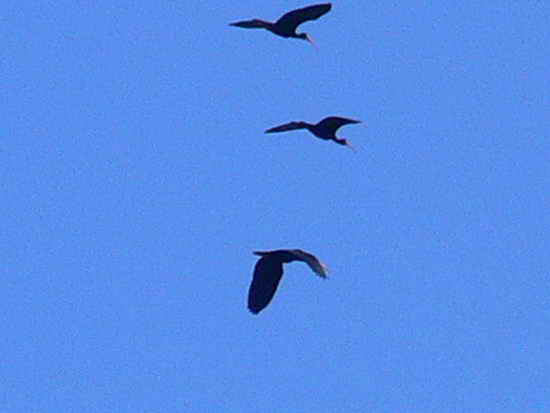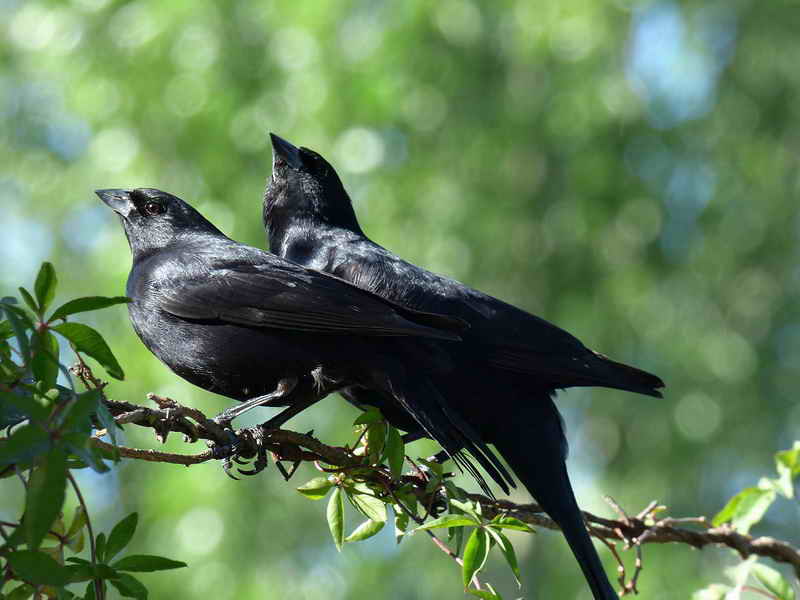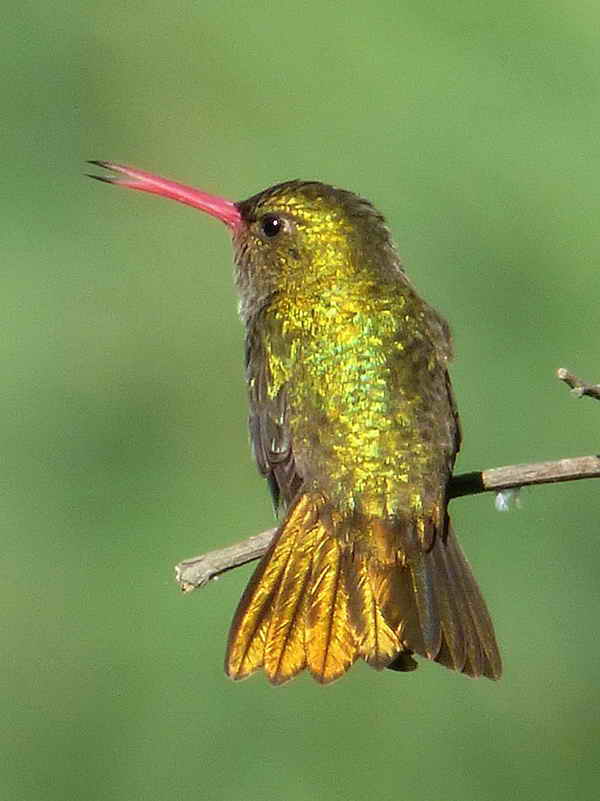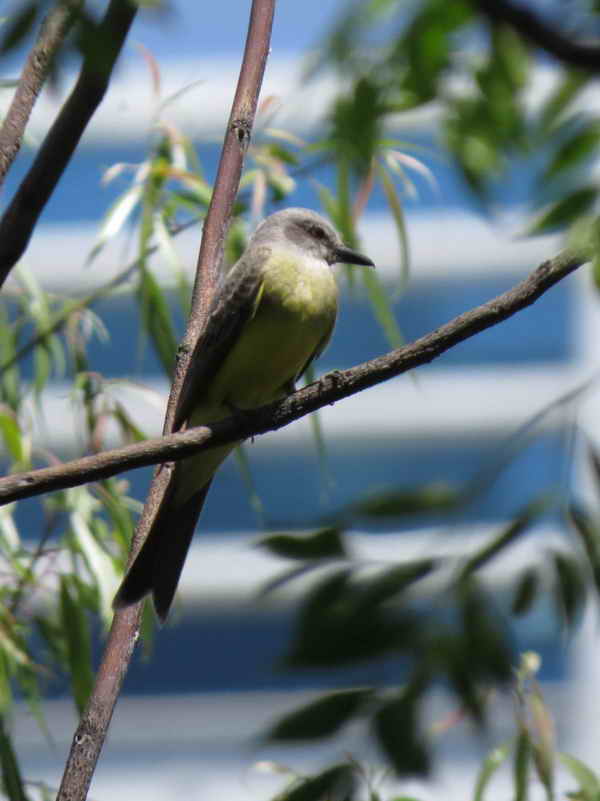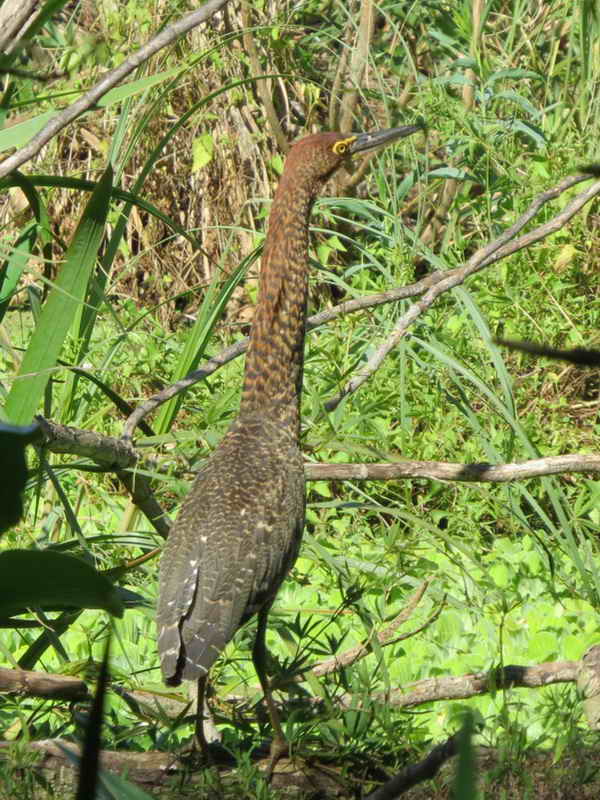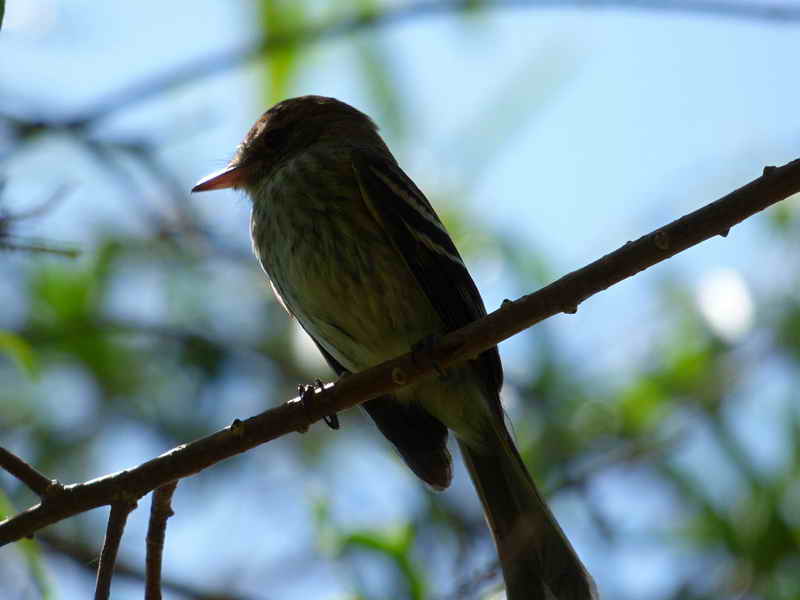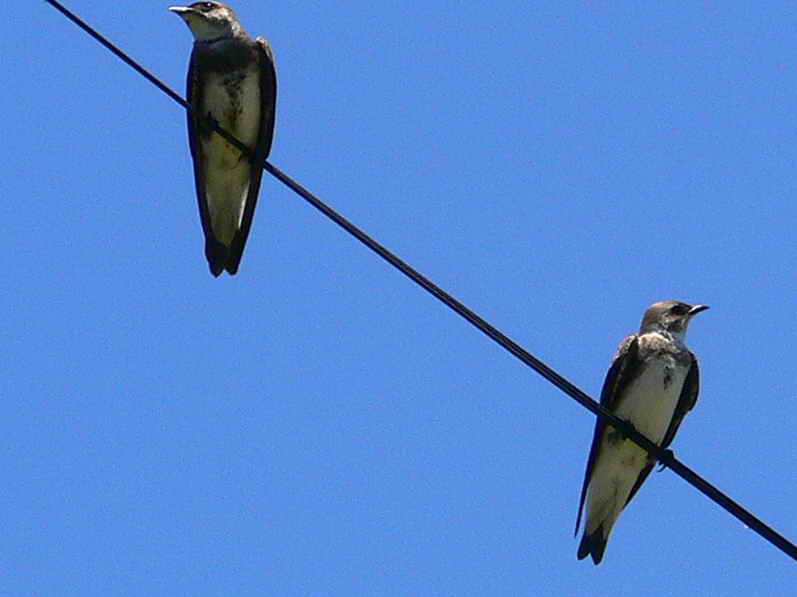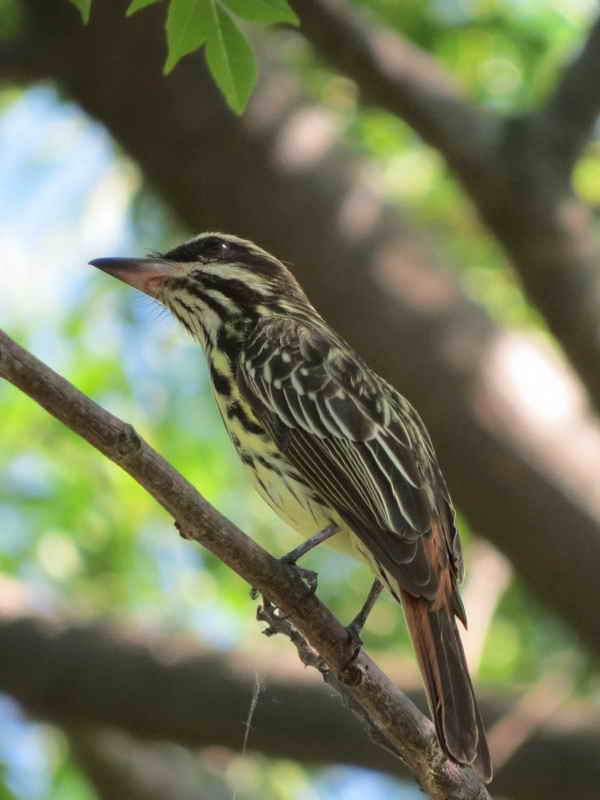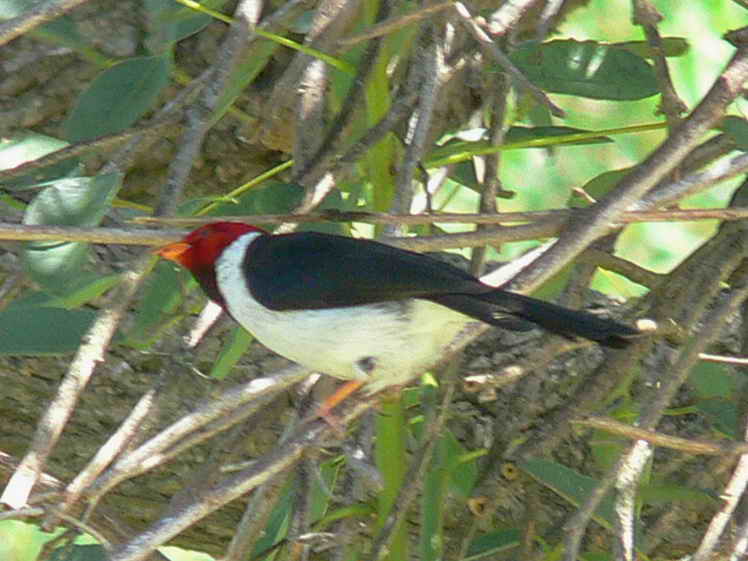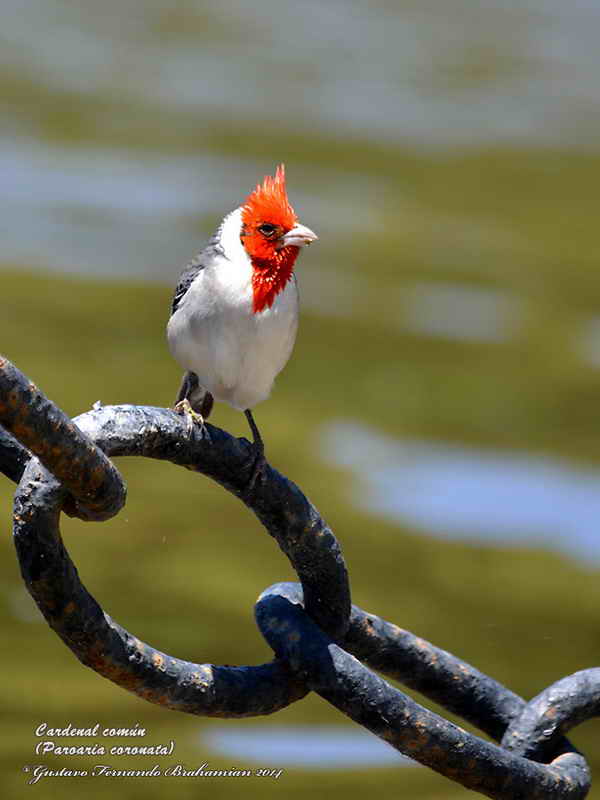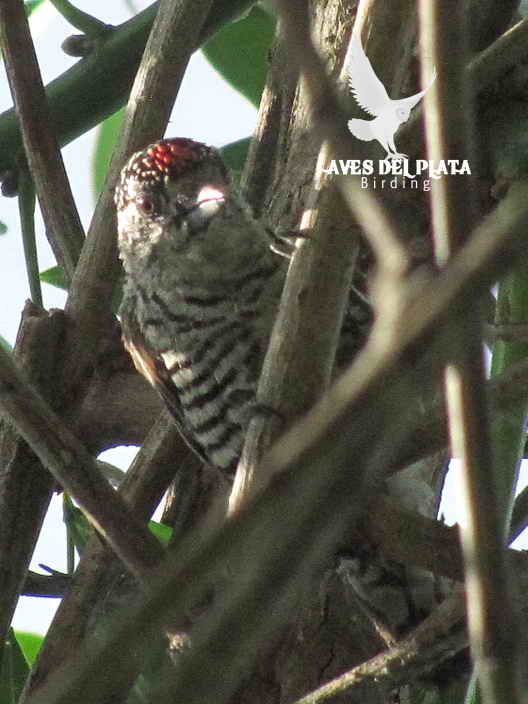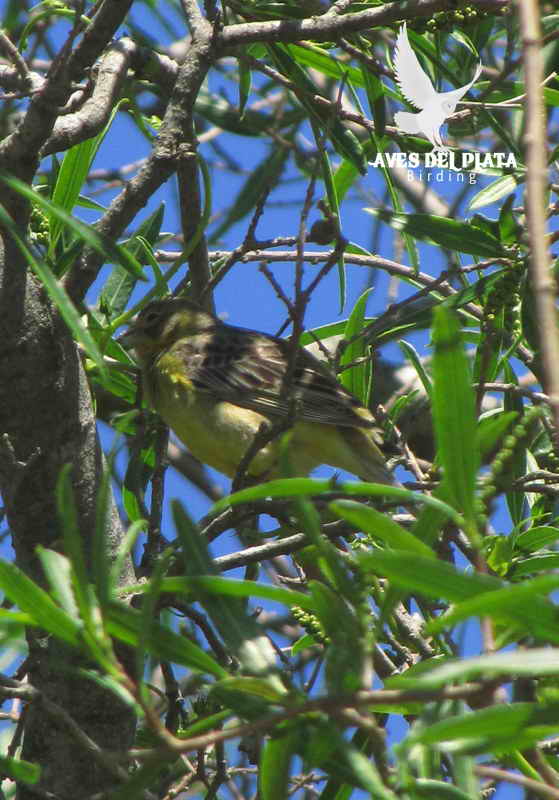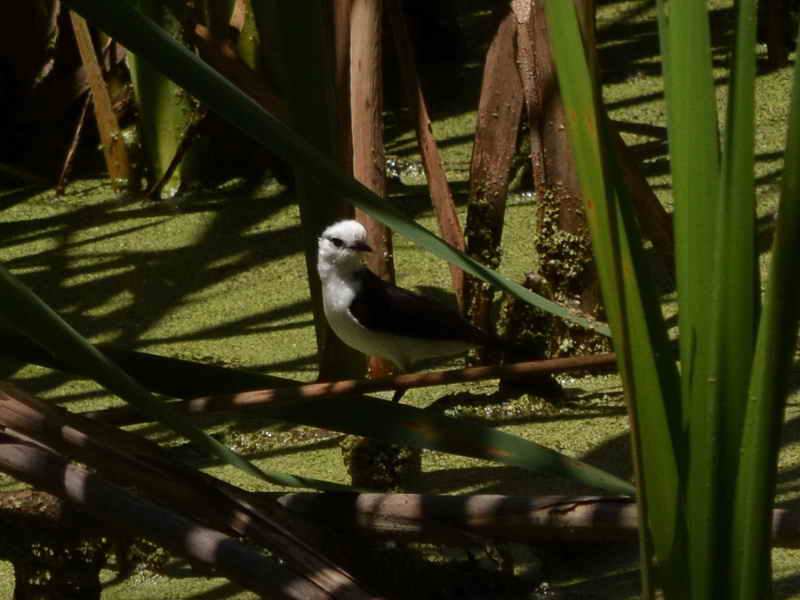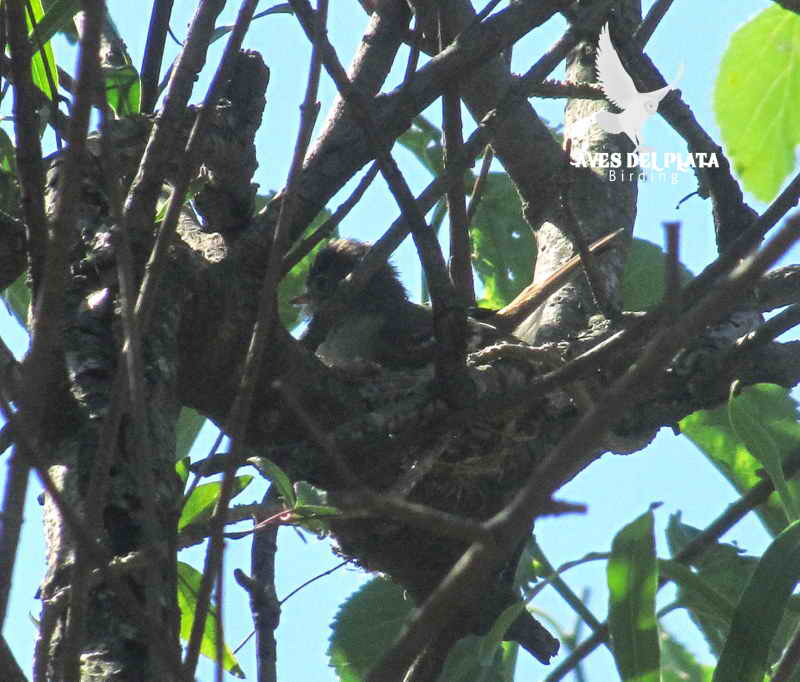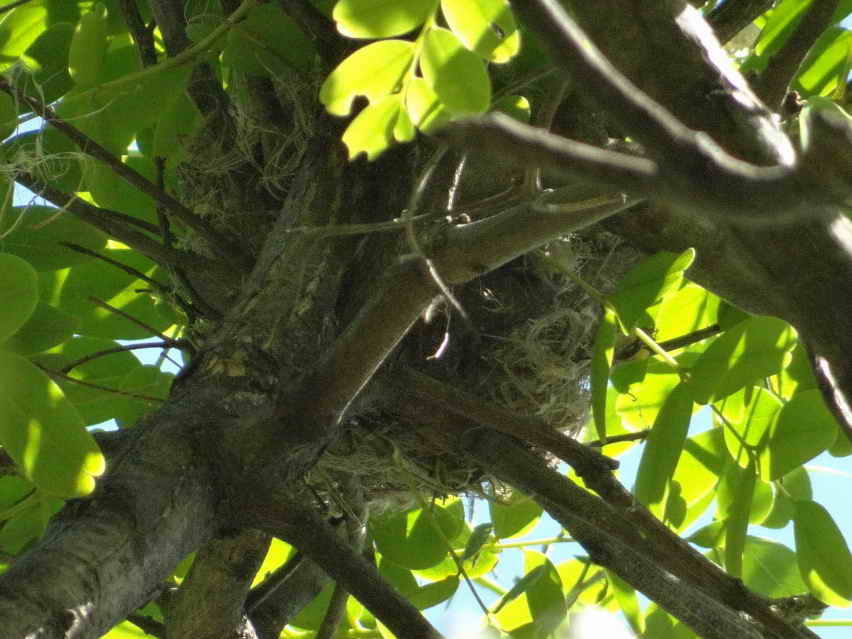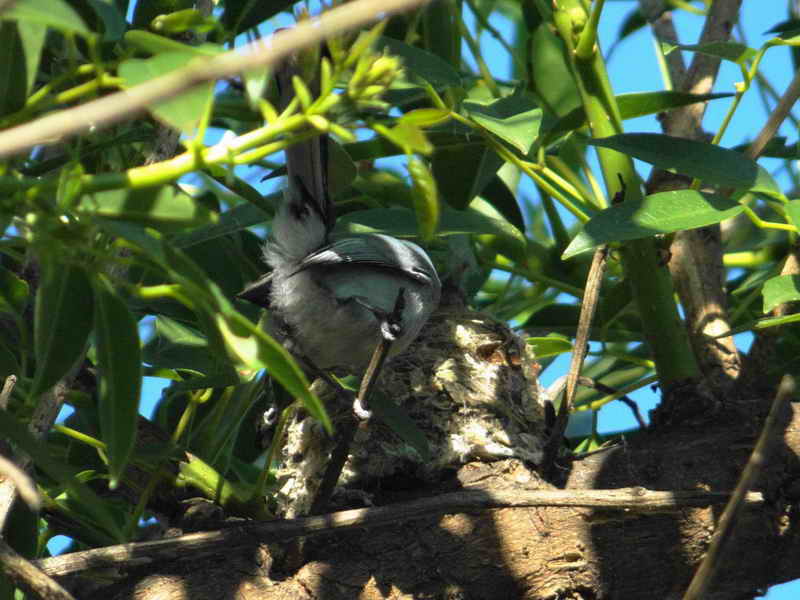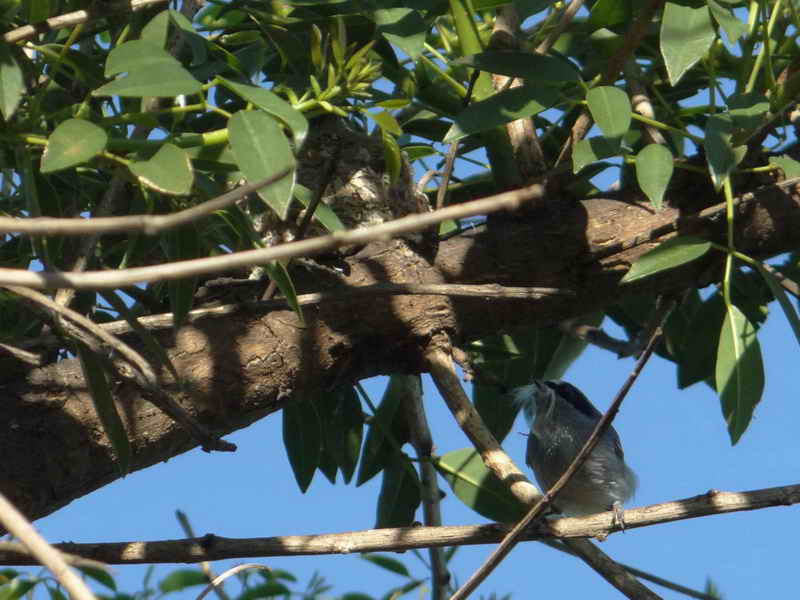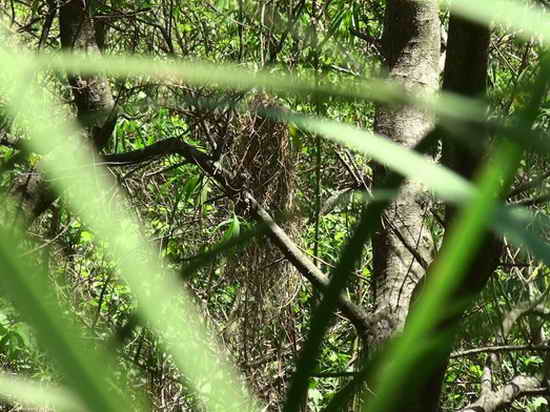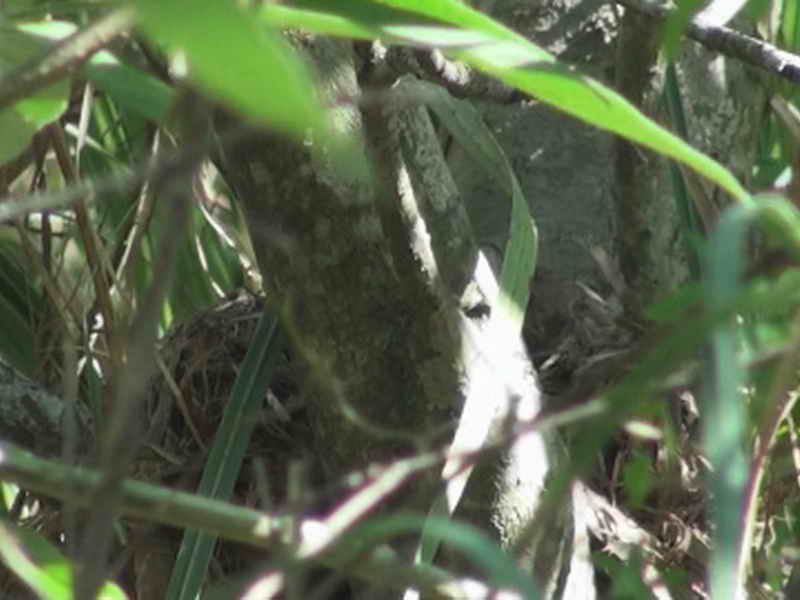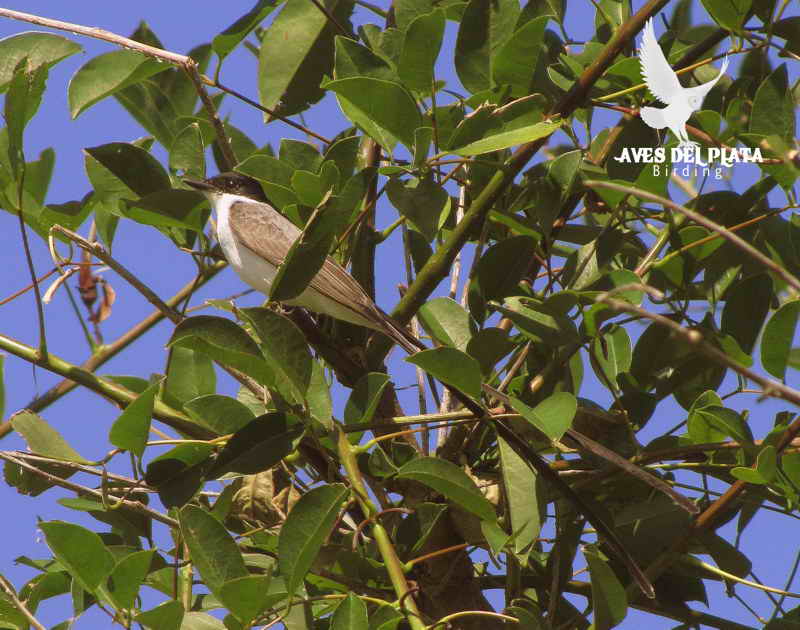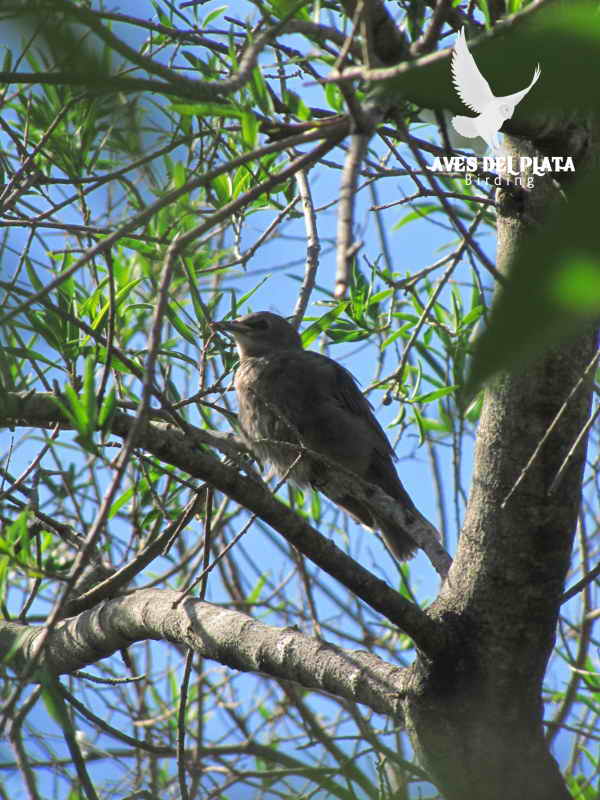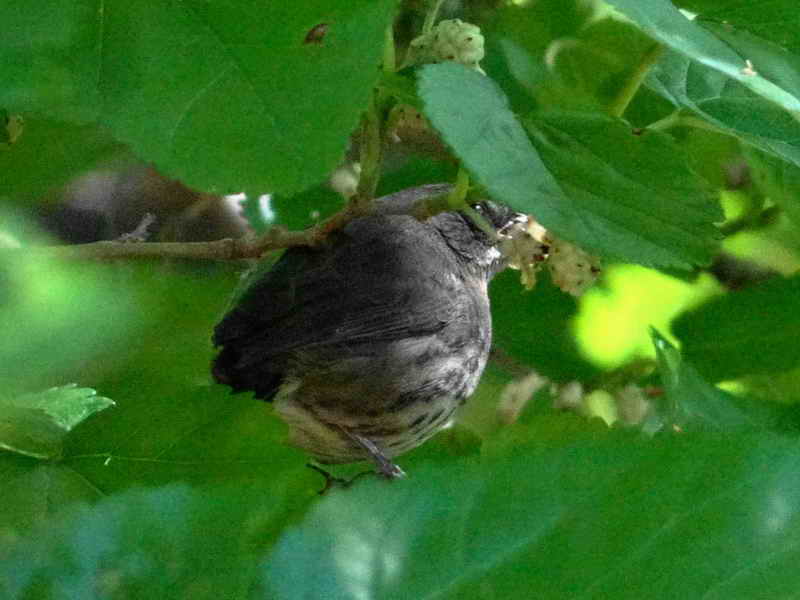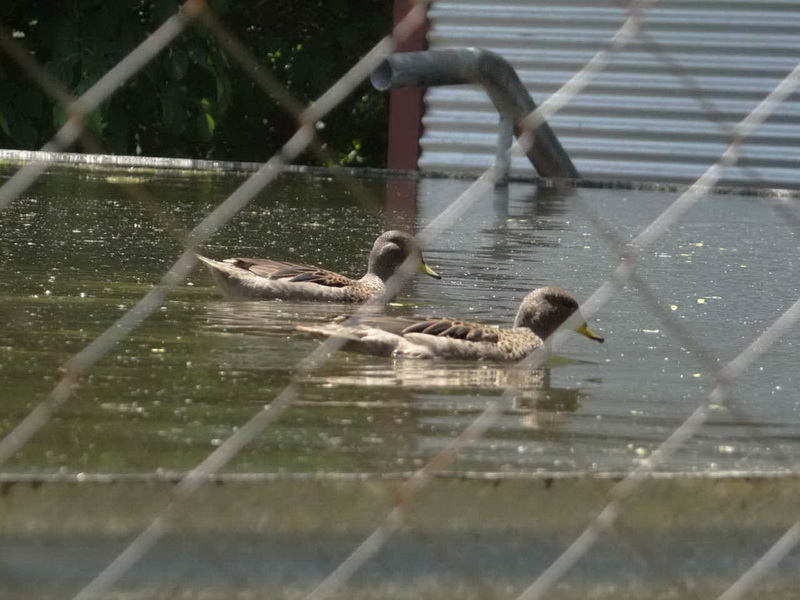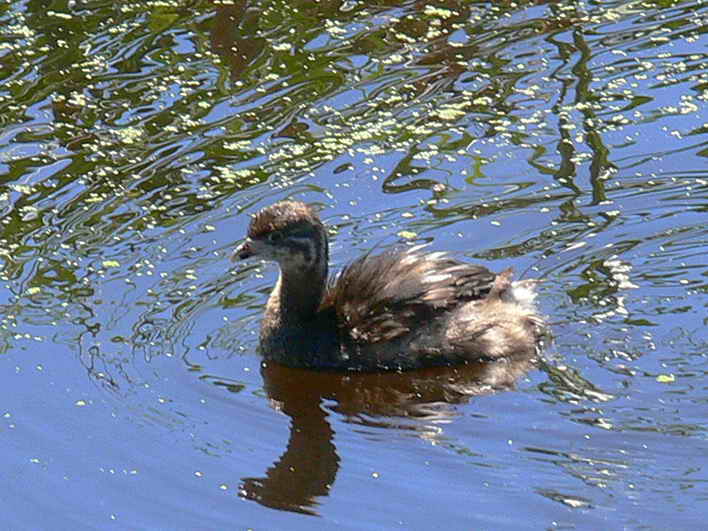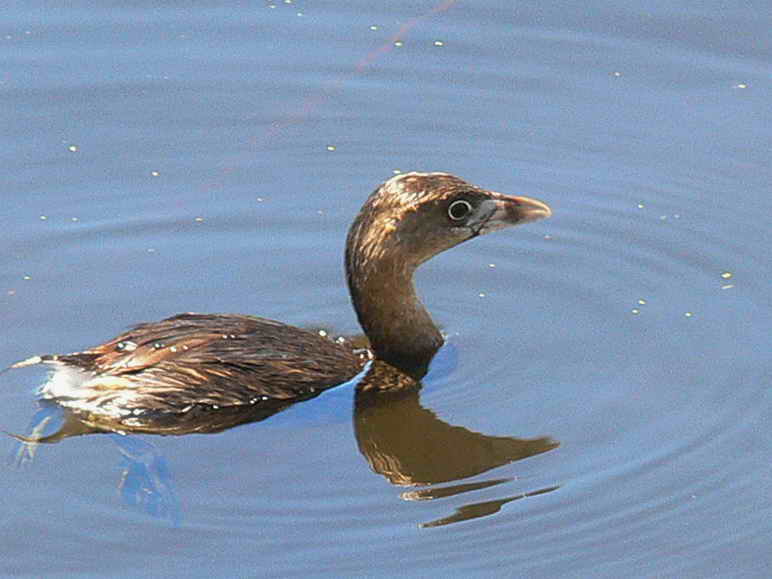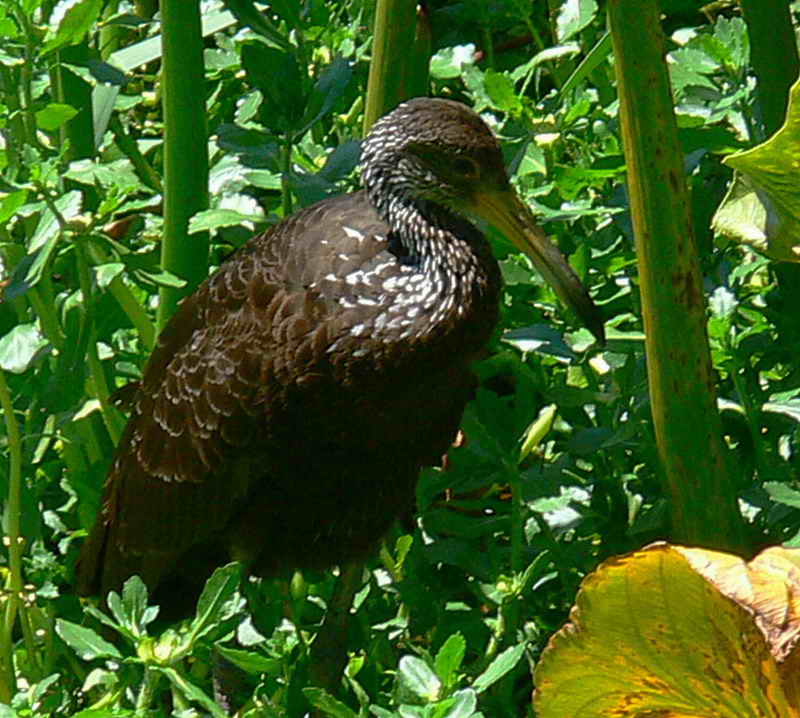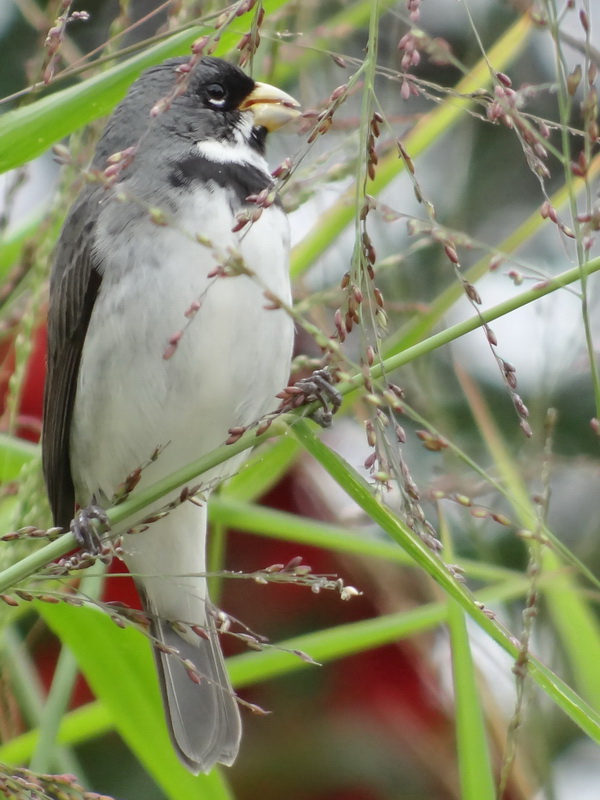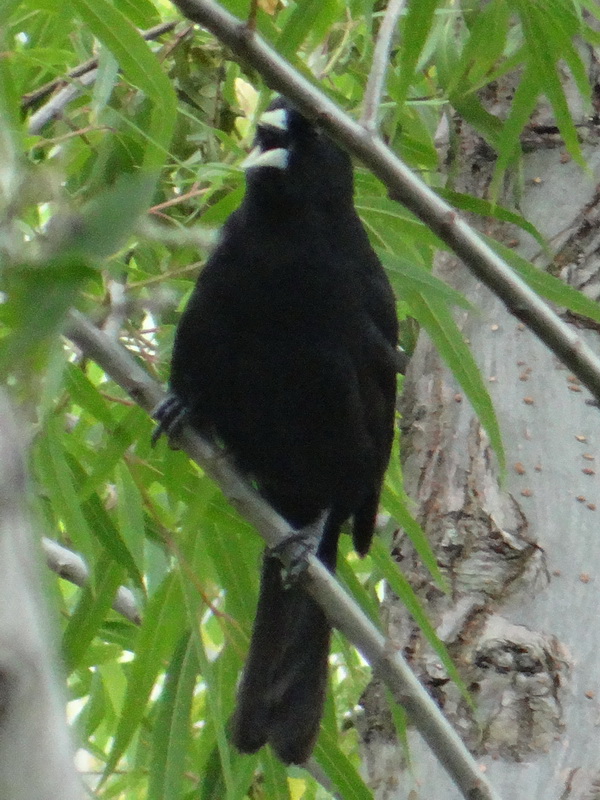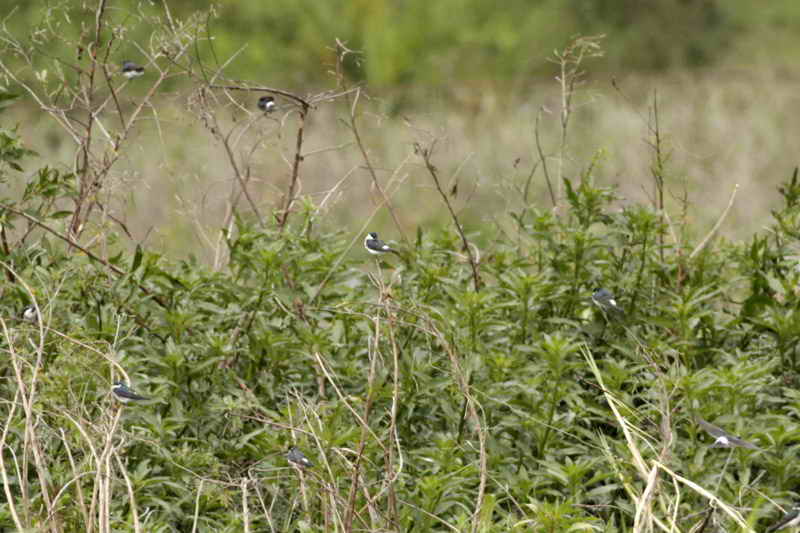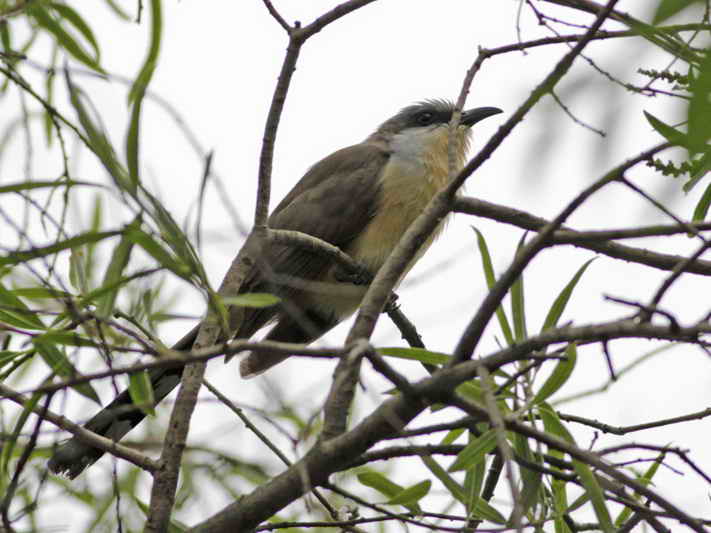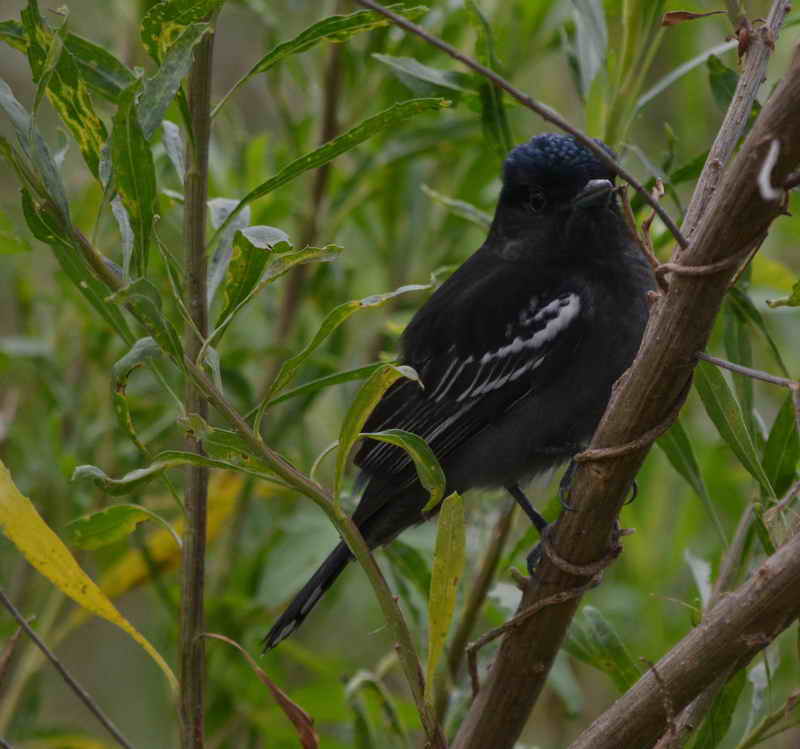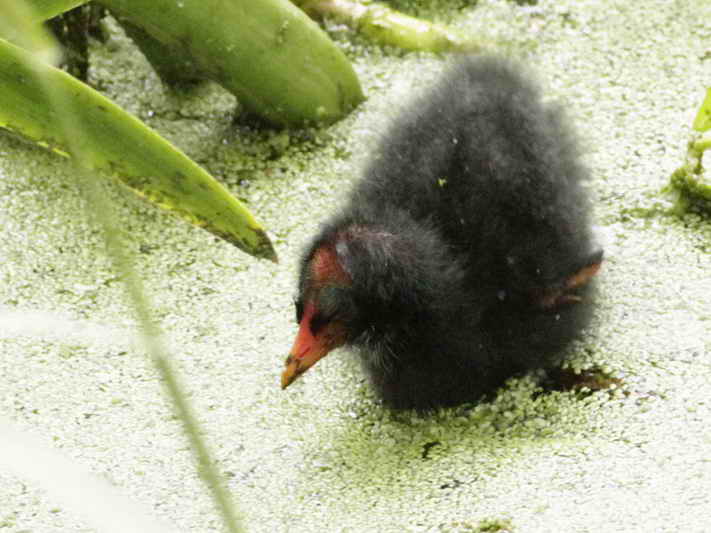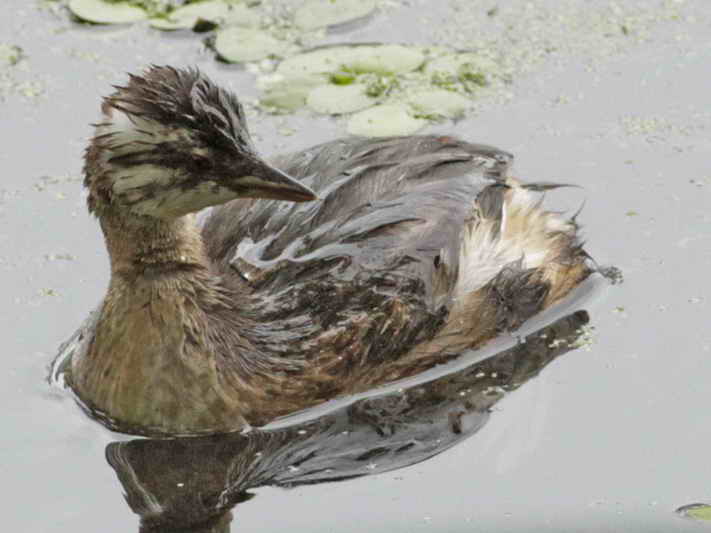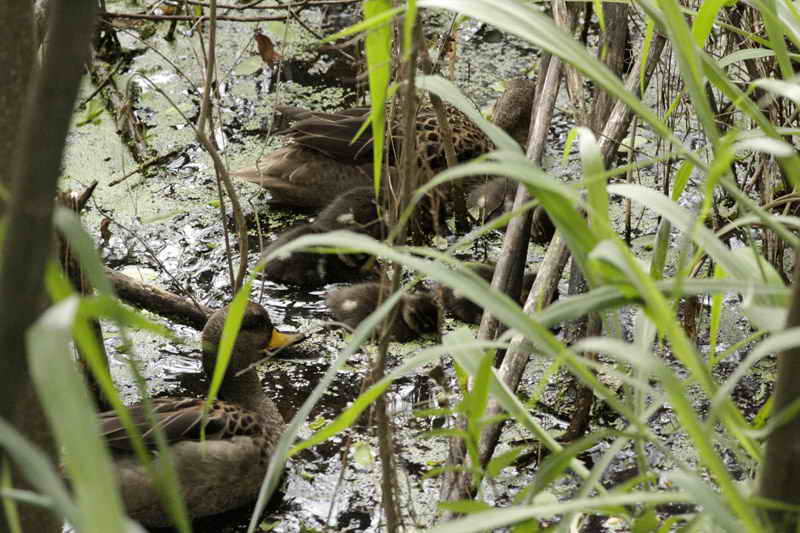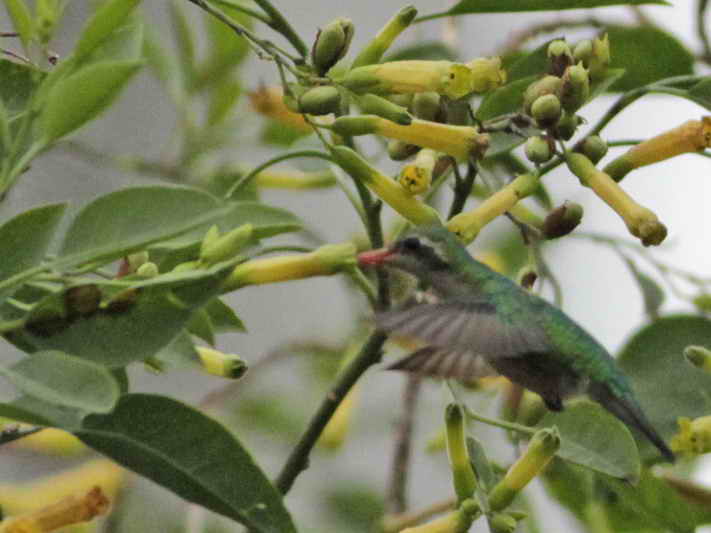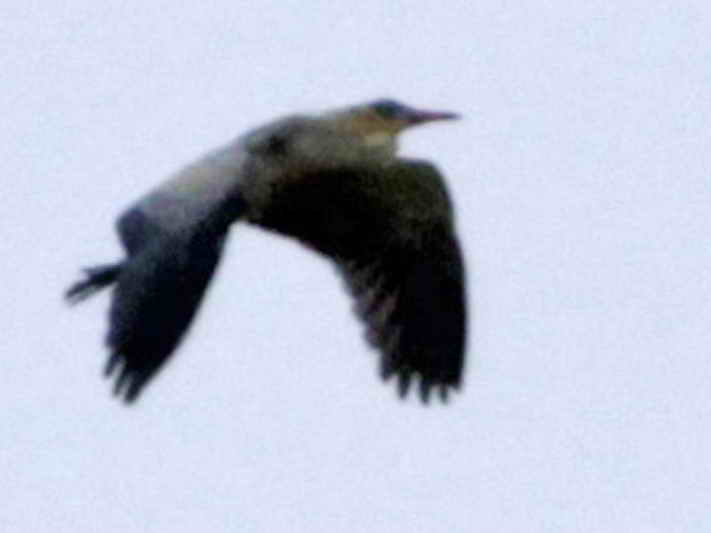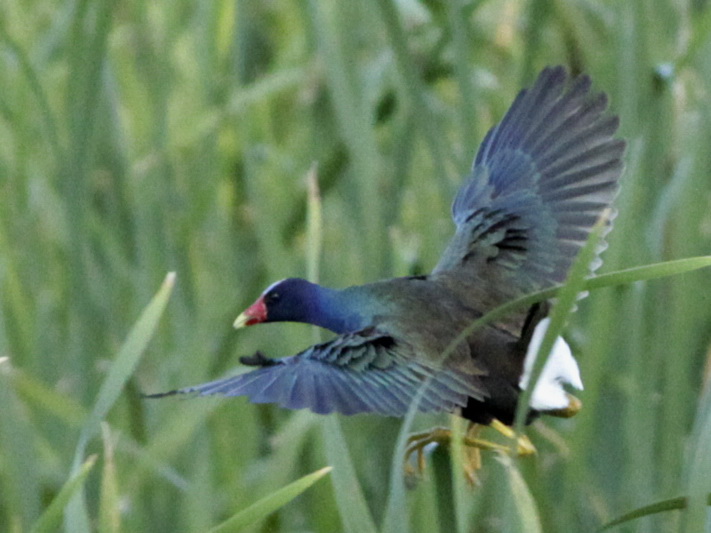News - November 2014
| Summer birds With the arrival of the Vermilion Flycatcher comes the list of Summer Birds. And the Cliff Swallow has also been added to the list as it is a boreal migrant |
Atypical Duck 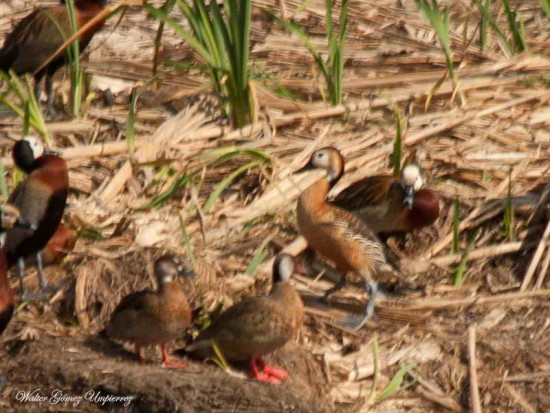 © Walter Gómez Umpiérrez © Walter Gómez Umpiérrez 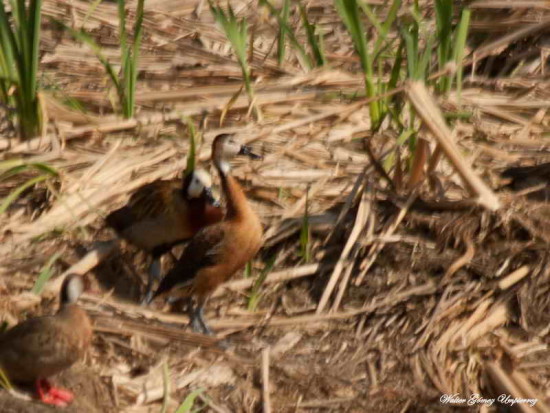 © Walter Gómez Umpiérrez We add two photos of the aytpical duck which briefly visited the reserve. © Walter Gómez Umpiérrez We add two photos of the aytpical duck which briefly visited the reserve. |
A great kiskadee exploring
A great kiskadee exploring his image on a car at the Viamonte end
Read more
Views of the Coypu Pond 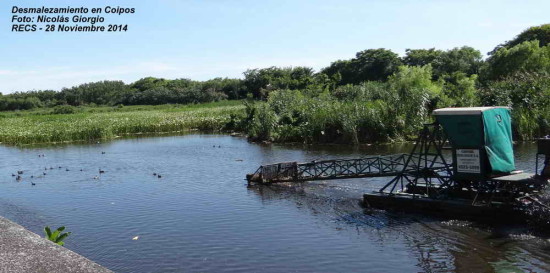 © Nicolás Giorgio © Nicolás Giorgio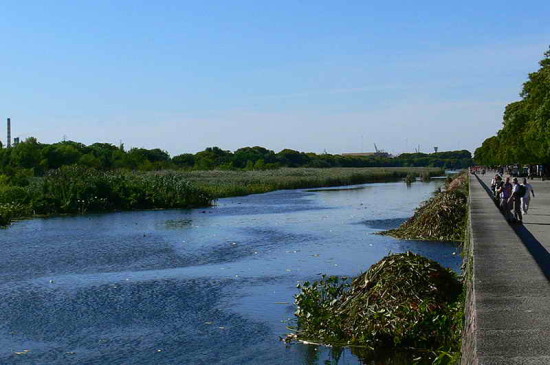 © Sergio Cusano © Sergio Cusano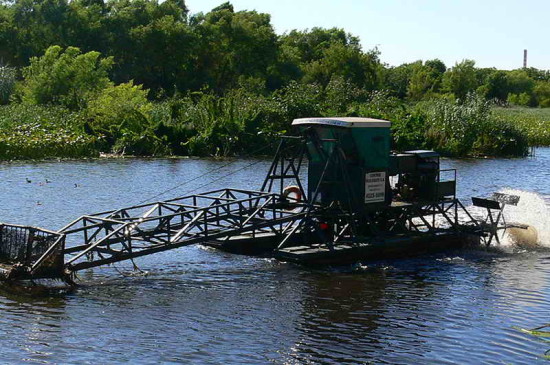 © Sergio Cusano © Sergio Cusano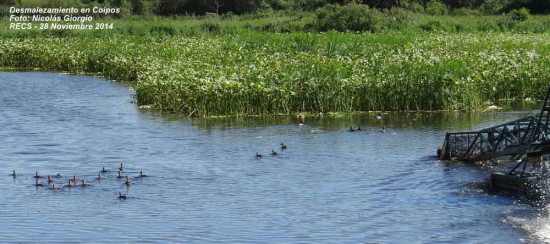 © Nicolás Giorgio © Nicolás Giorgio |
Masked Duck
Nomonyx dominicus

28-11-14 © Alec Earnshaw
Alec tells us that on Friday 28th he spotted at least 5 individuals. The male in the photo was at the northern end of the Coypu Pond. Then he saw a female a 100 m to the south (though shy she kept hidden in the vegetation). And some 200 or 300 m farther to the south there were other 3 males in the cattail clear, sort of path cut in the direction of the river coast.
The reserve seen from the plane 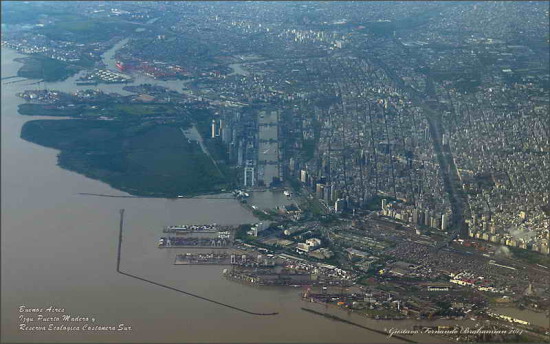 © Gustavo F. Brahamian © Gustavo F. Brahamian |
| Pekin Duck Anas platyrhynchos domesticus 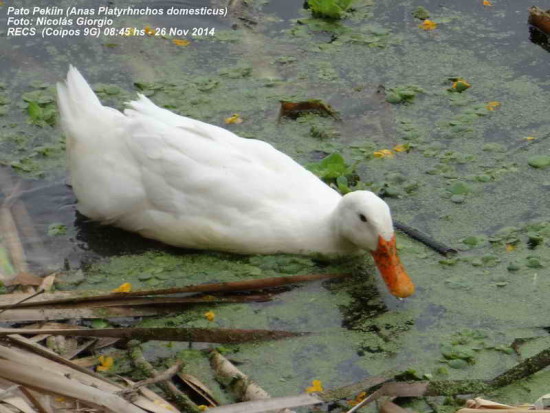 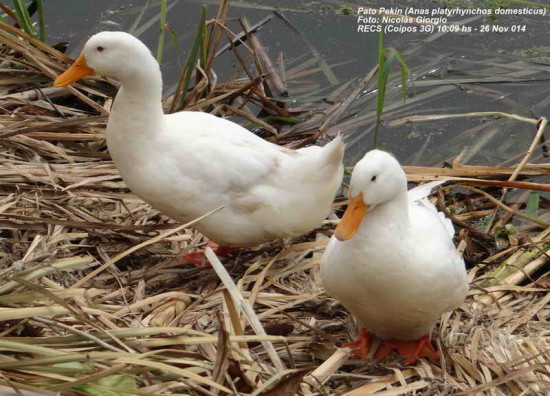 We had already seen the duck with the stained bill. The pair below is new We had already seen the duck with the stained bill. The pair below is new© Nicolás Giorgio |
Views of the Coypu Pond    © Gustavo F. Brahamian © Gustavo F. Brahamian |
Developmental cycle - Coscoroba swan
Development of the cygnets of a clutch in 2014 till their first flights
Read more
Limpkin
Aramus guarauna
18-04-15 © Elsa y Guillermo Marcaida
Not being able to fly still, swimming is another option in case of need
The Limpkin was an emblematic bird in the reserve while its favourite food, apple snails, grew abundantly. By 2000 waters of the pond got became salty enough for these snails to disappear since they are freshwater snails. So did the limpkin which became an occasional visitor. With fresh water back in the ponds apple snails repopulated the pond and today the limpkin seems settled. Up to 6 limpkins were seen at the Coypu Pond.
The limpkin feeds in shallow waters visually by searching the snails which are under the water. Here the limpkin has already got one in its bill. We can only see the shell since the animal hides inside it and closes the opening of the shell with a plaque called operculum as if it were a door. In this way it is safe from predators.
To take the animal out of the shell the limpkin pecks vigorously at the shell to make a hole. With the operculum removed it can get to the fleshy part. It tears it off wthe muscle to which it is connected with strong shakes
The limpkin feeds in shallow waters visually by searching the snails which are under the water. Here the limpkin has already got one in its bill. We can only see the shell since the animal hides inside it and closes the opening of the shell with a plaque called operculum as if it were a door. In this way it is safe from predators.
To take the animal out of the shell the limpkin pecks vigorously at the shell to make a hole. With the operculum removed it can get to the fleshy part. It tears it off wthe muscle to which it is connected with strong shakes
| Common Gallinule Gallinula galeata A sequence of photos of a scene I witnessed at Coypu Pond of Reserva Ecológica Costanera Sur (RECS), en la Ciudad de Buenos Aires, Argentina. I do not know if a turtle or another animal tried to catch the chick from below and the adult went to rescue it. Everything began with the common gallinule running on water towards some bubbles where the chick appeared. Photos and edition © Gustavo Fernando Brahamian |
Reopening of the Espigón Plus Ultra 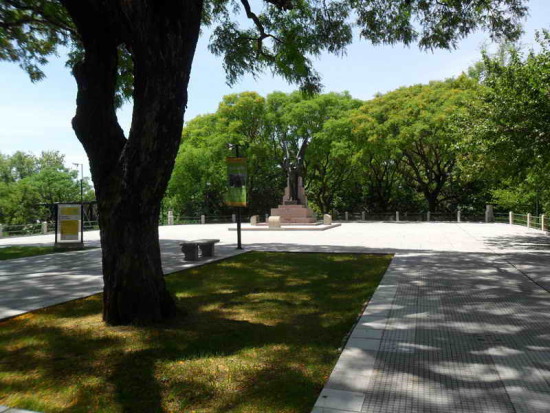 © J. Simón Tagtachian © J. Simón TagtachianThe former splendorous promenade is again part of the reserve. Read article |
Masked Duck
Nomonyx dominicus
25-11-14 © Claudia y Diego Bastías
A very evasive male
White-faced Whistling-Duck
Dendrocygna viduata
22-11-14 © Cora Rimoldi
Family
Pato atípico  Sergio encontró entre sus fotos un pato híbrido que se había visto en Costanera. Leer artículo © Sergio Cusano Sergio encontró entre sus fotos un pato híbrido que se había visto en Costanera. Leer artículo © Sergio Cusano |
Works at Coypu Pond  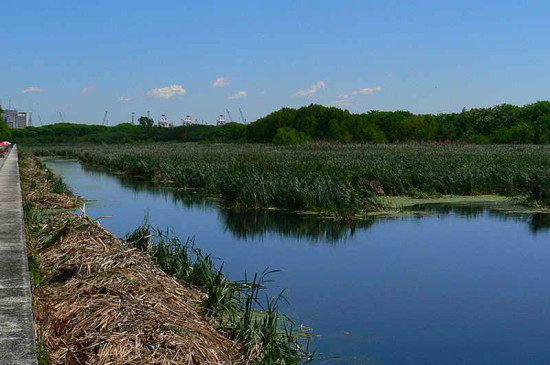 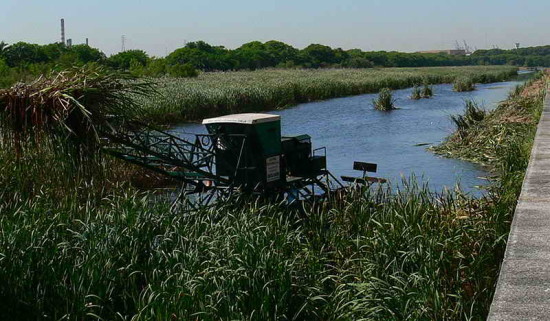 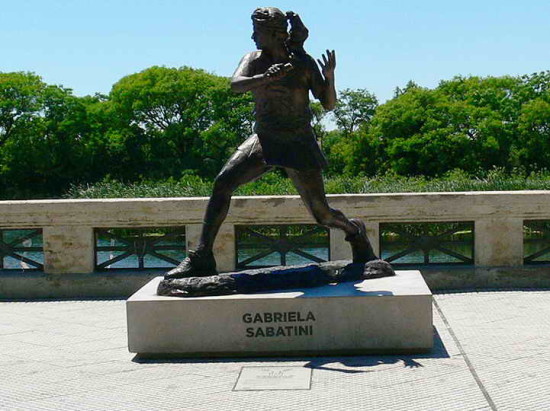 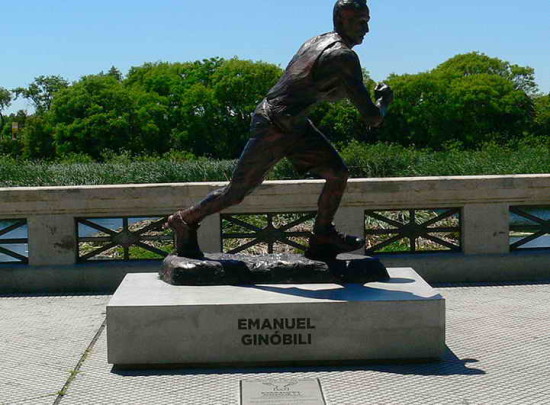 Two statues placed on the sidewalk near the Brasil Access. Two statues placed on the sidewalk near the Brasil Access.Fotos © Sergio Cusano |
New lizard species
| Herbert's Iris Herbertia lahue 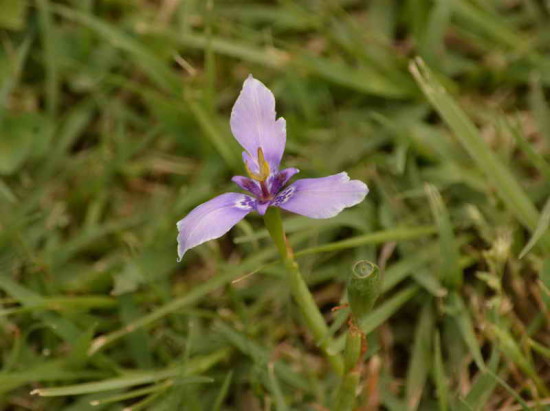 © Astrid Wessels © Astrid WesselsNative. This herb grows from a bulb. The flower is solitary and lasts one day. It grows where grass is short and stands 20 cm above ground. |
Nidos
| November 1st Sudestada On November 1st there was sudestada (heavy winds which when combined with rain flood coastal areas). The reserve opened at 9 but closed some time after due to bad climatic conditions. It was not raining, but winds were heavy. We walked to the Canal Carlota Roberts (former Canal Sudeste) and found the tide was in and very high and waves broke strongly against the coast. Interesting how tidily the river left the rubbish back on the coast. © Cora Rimoldi |


